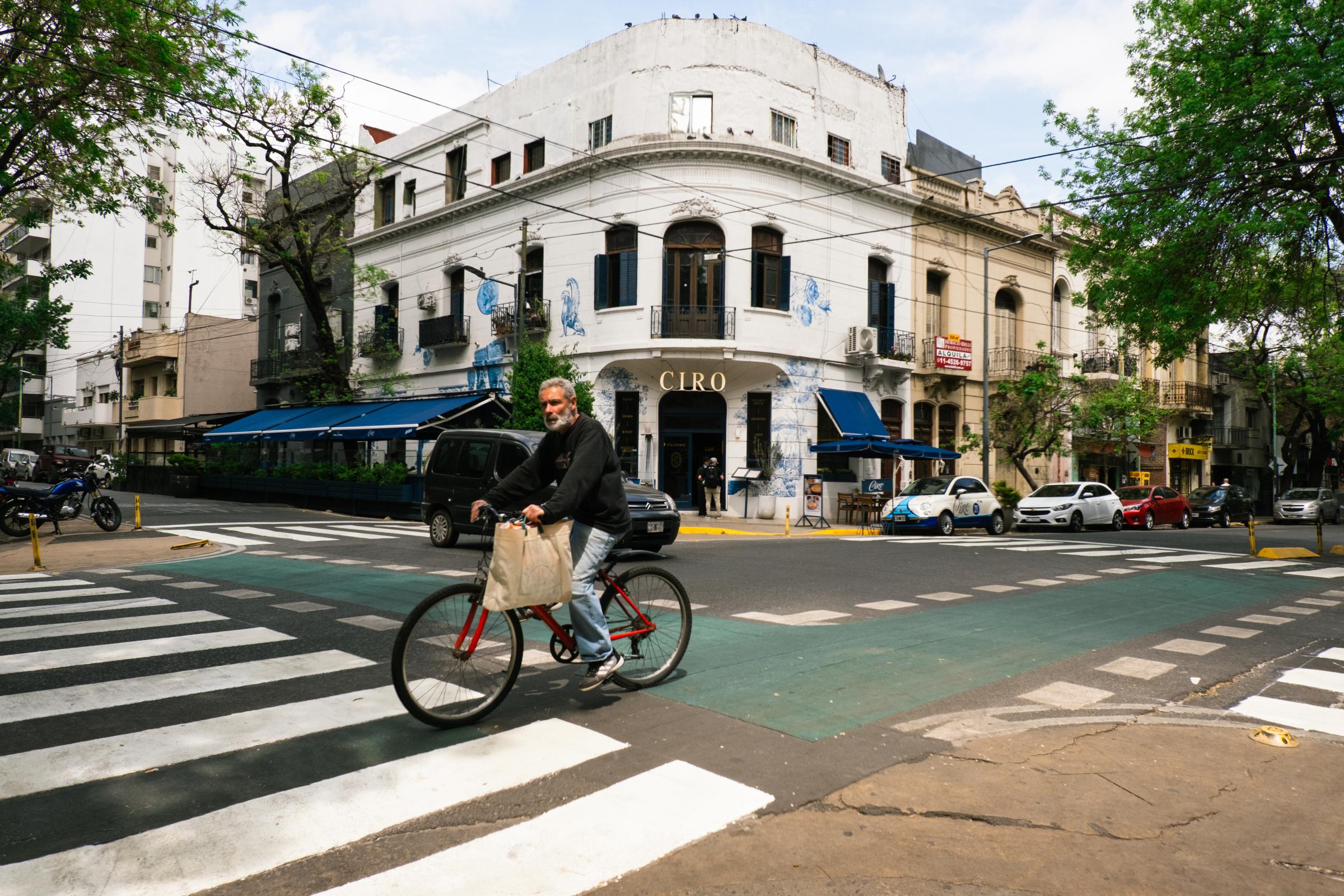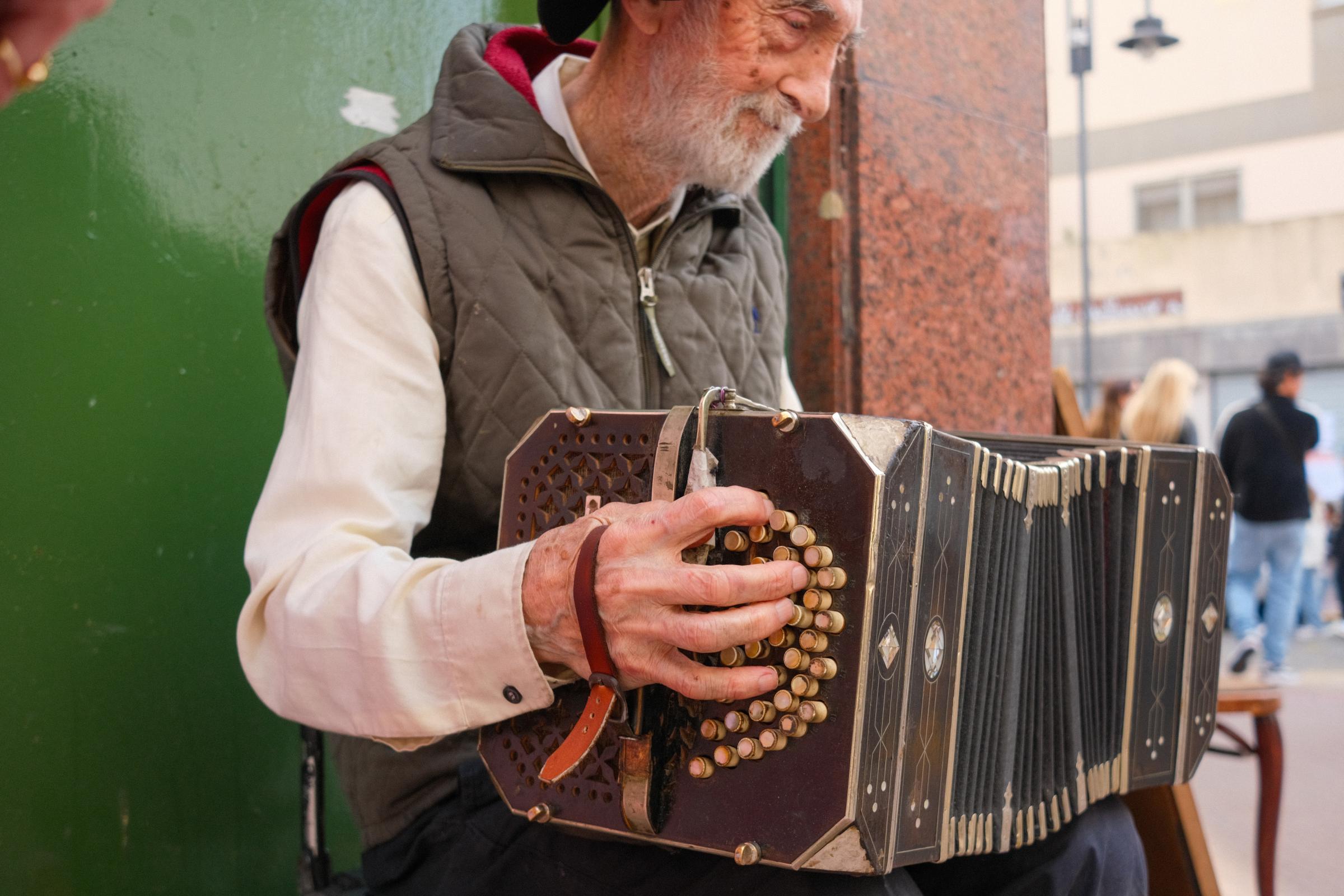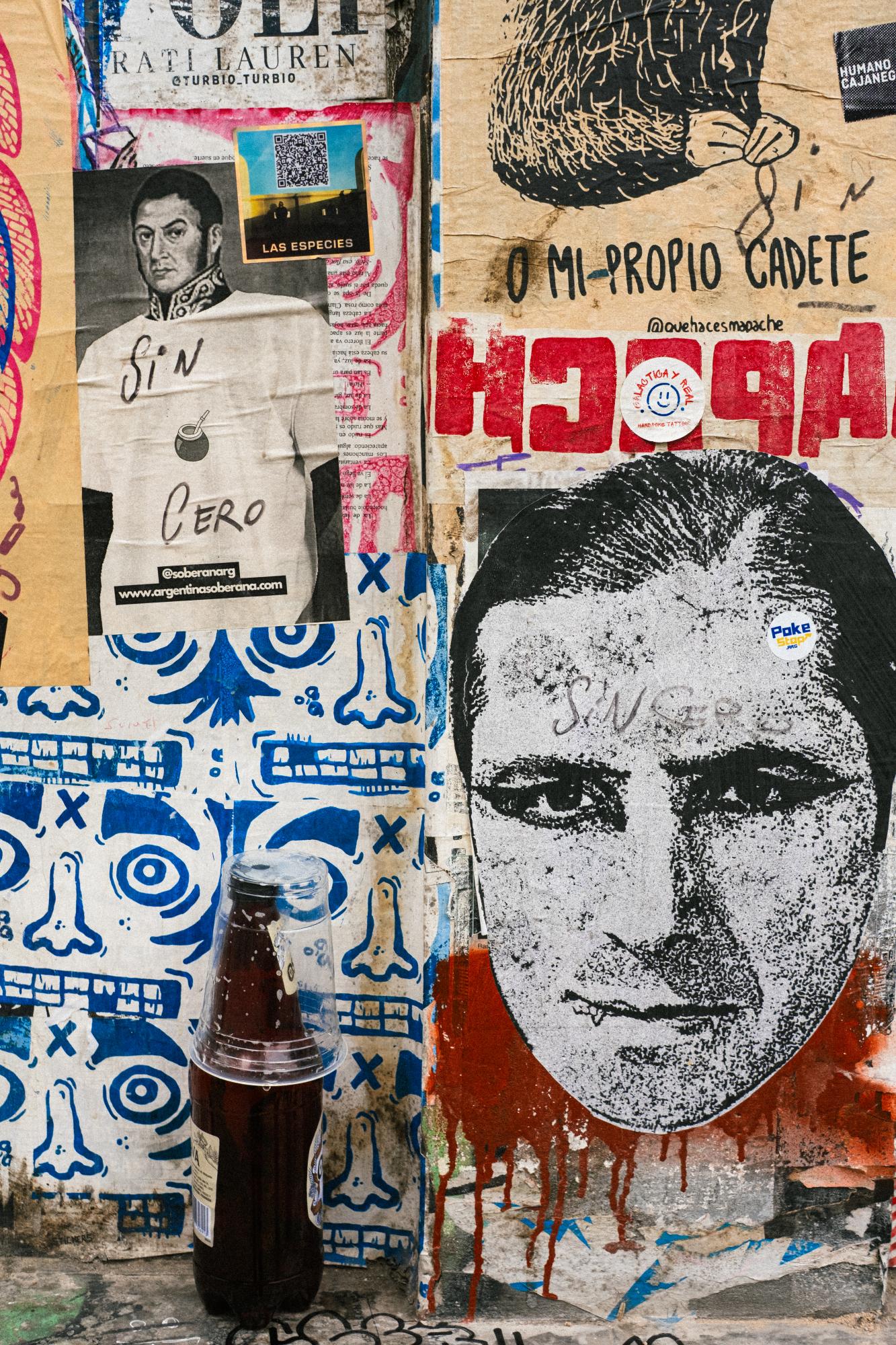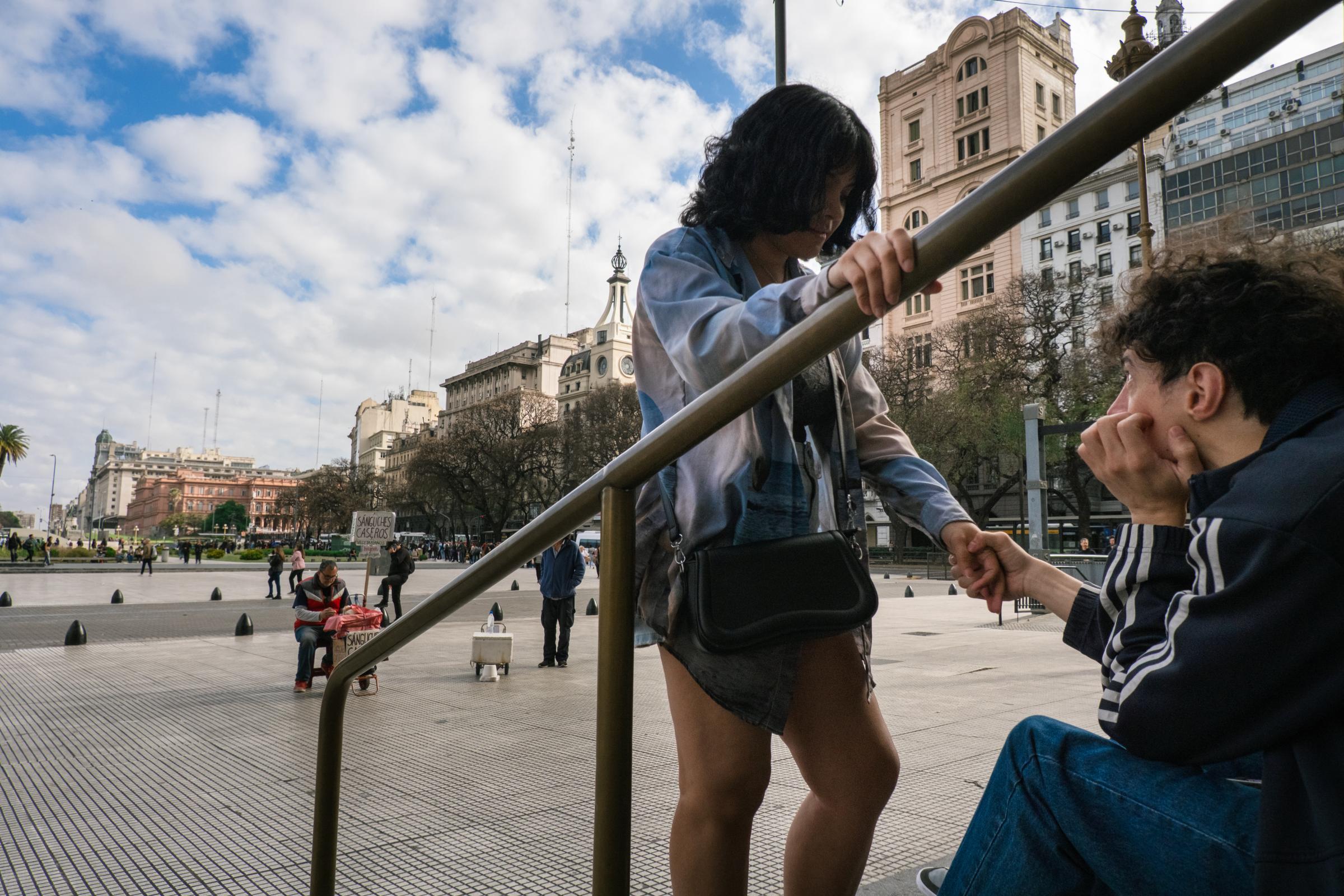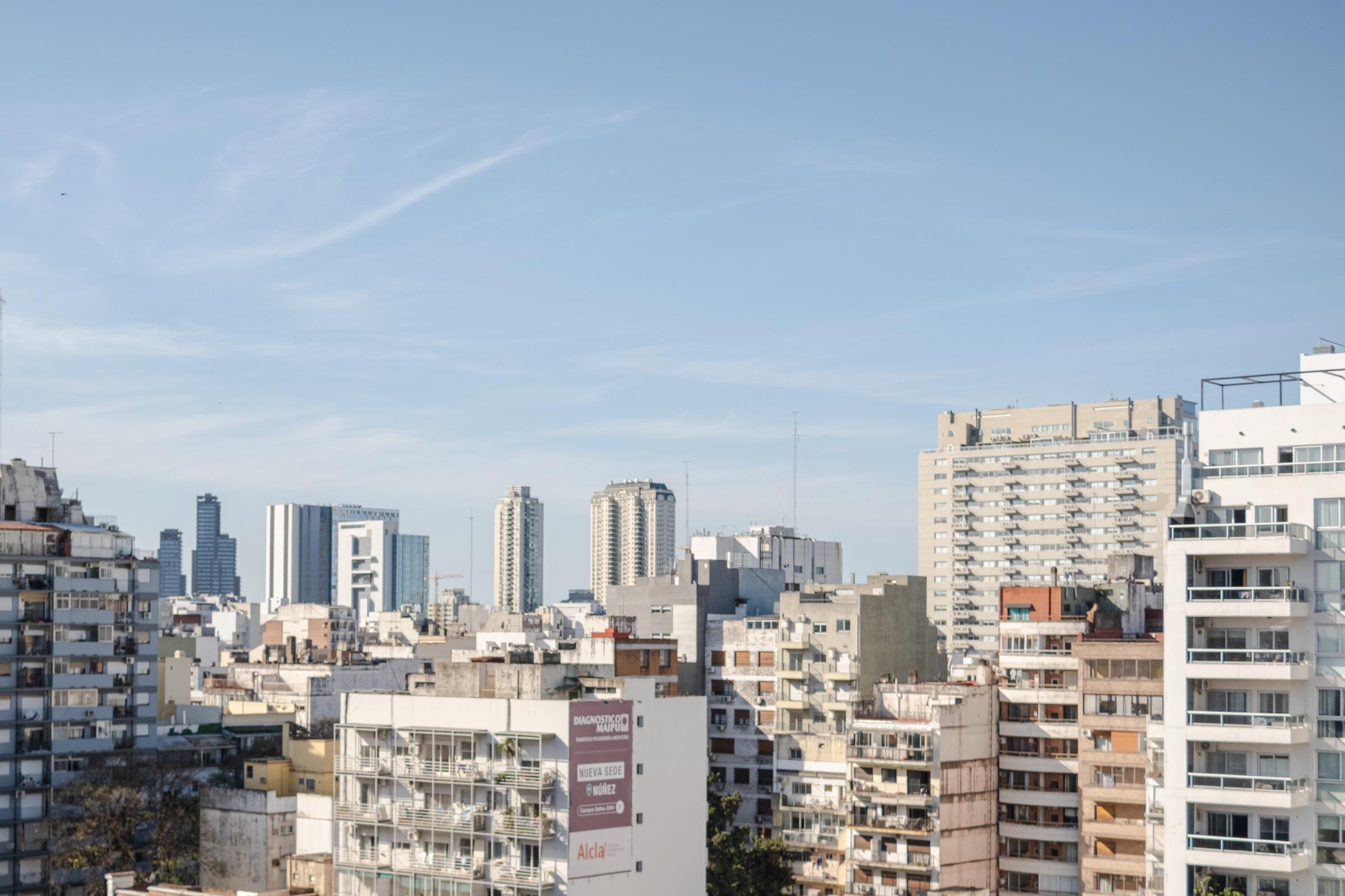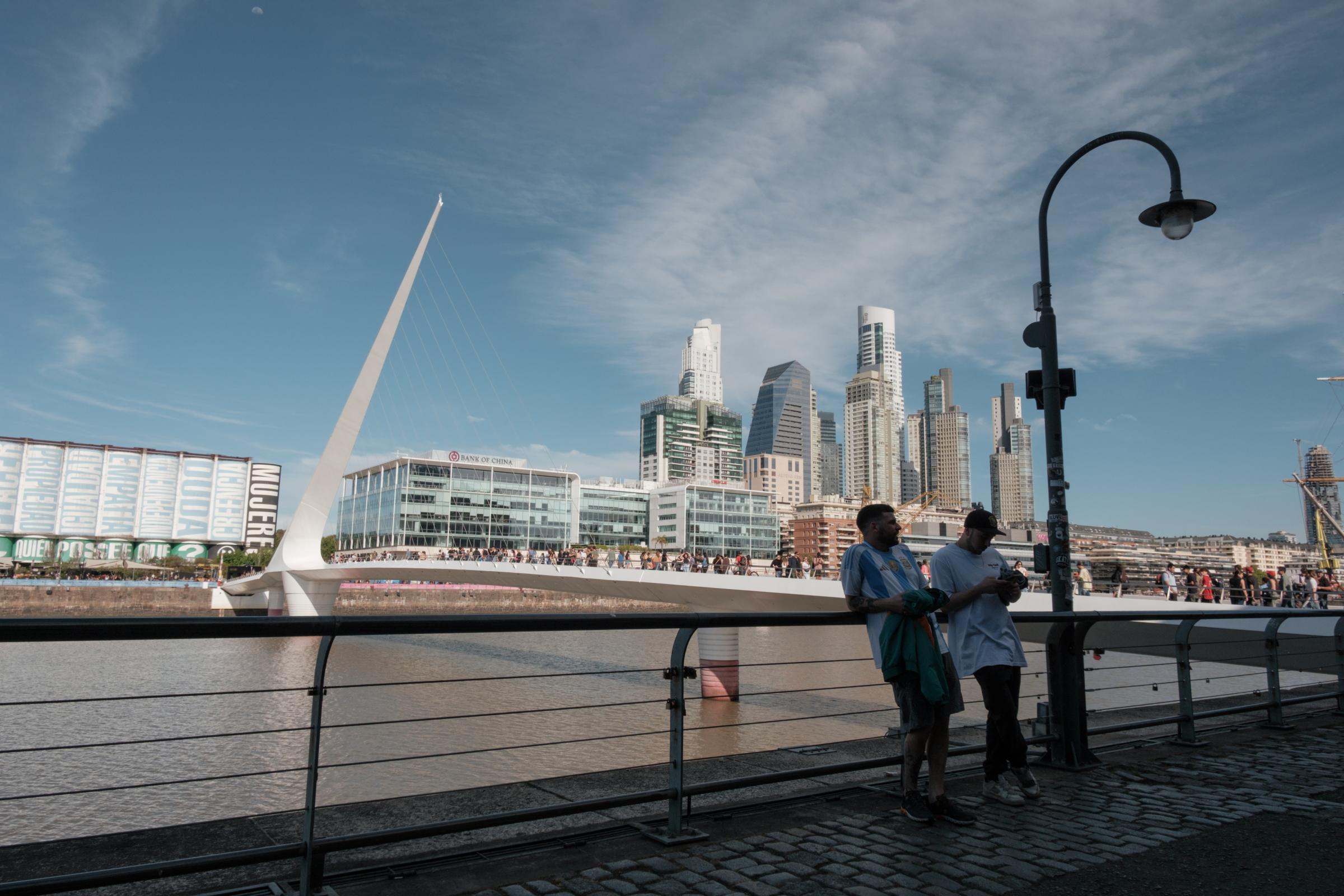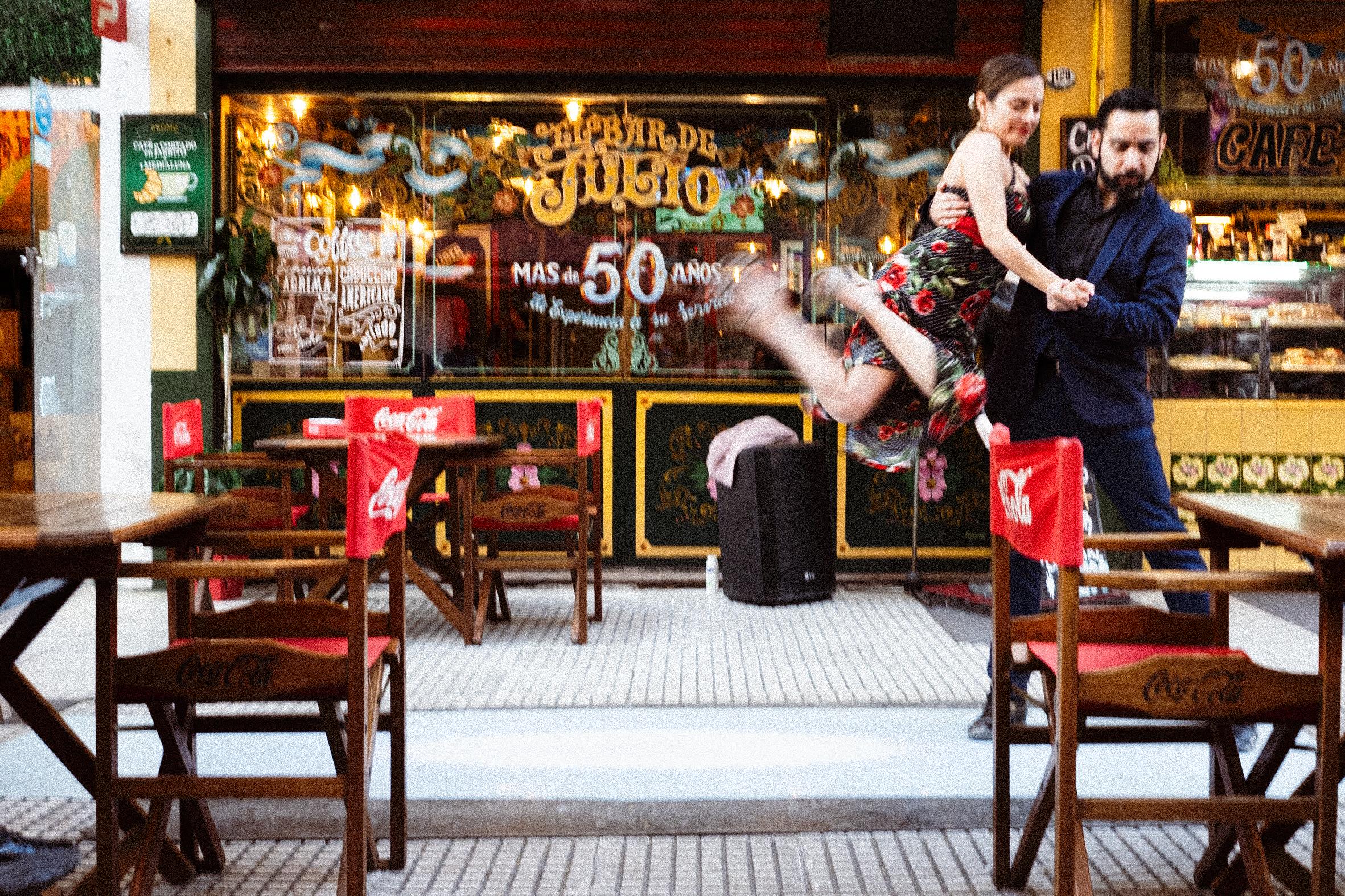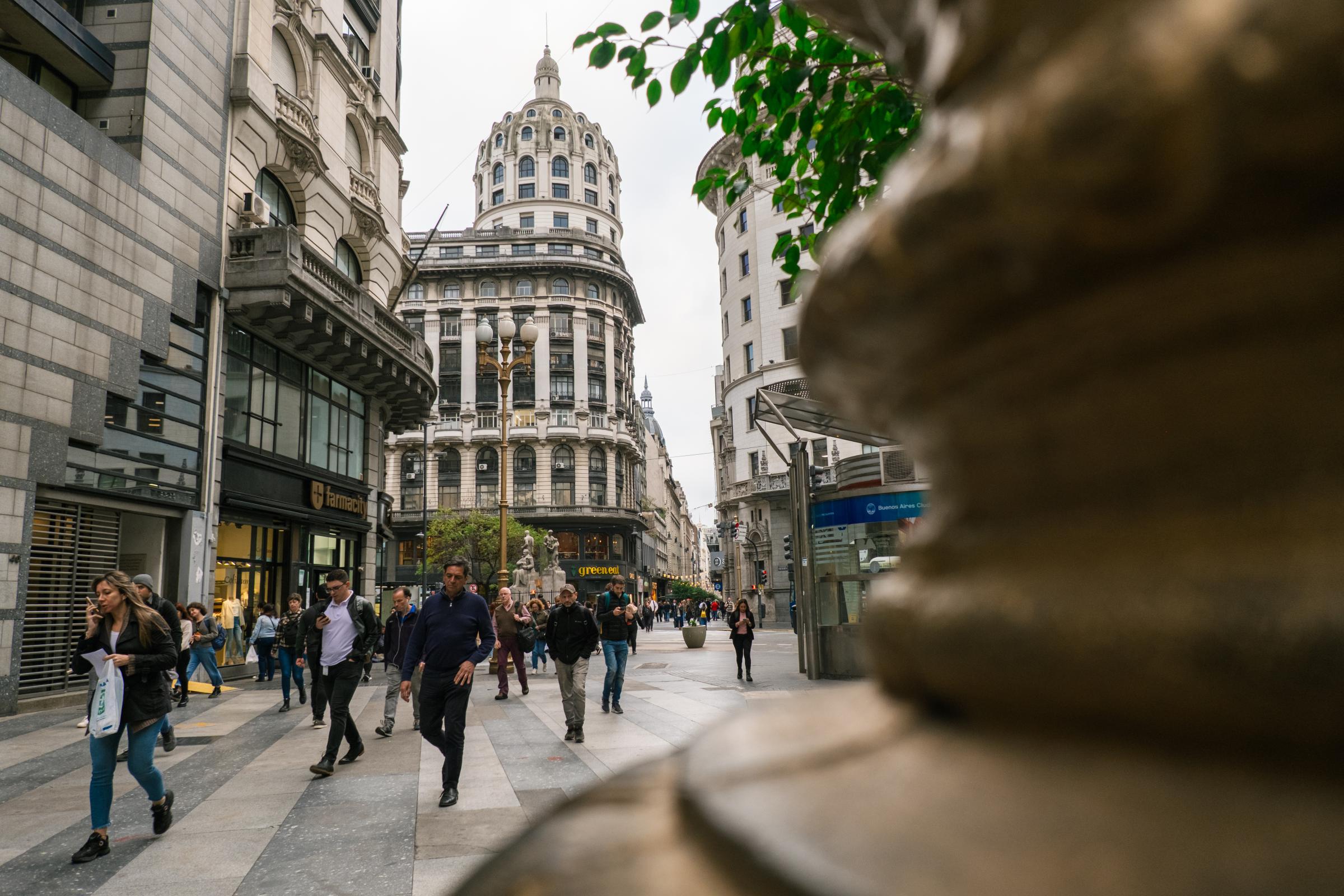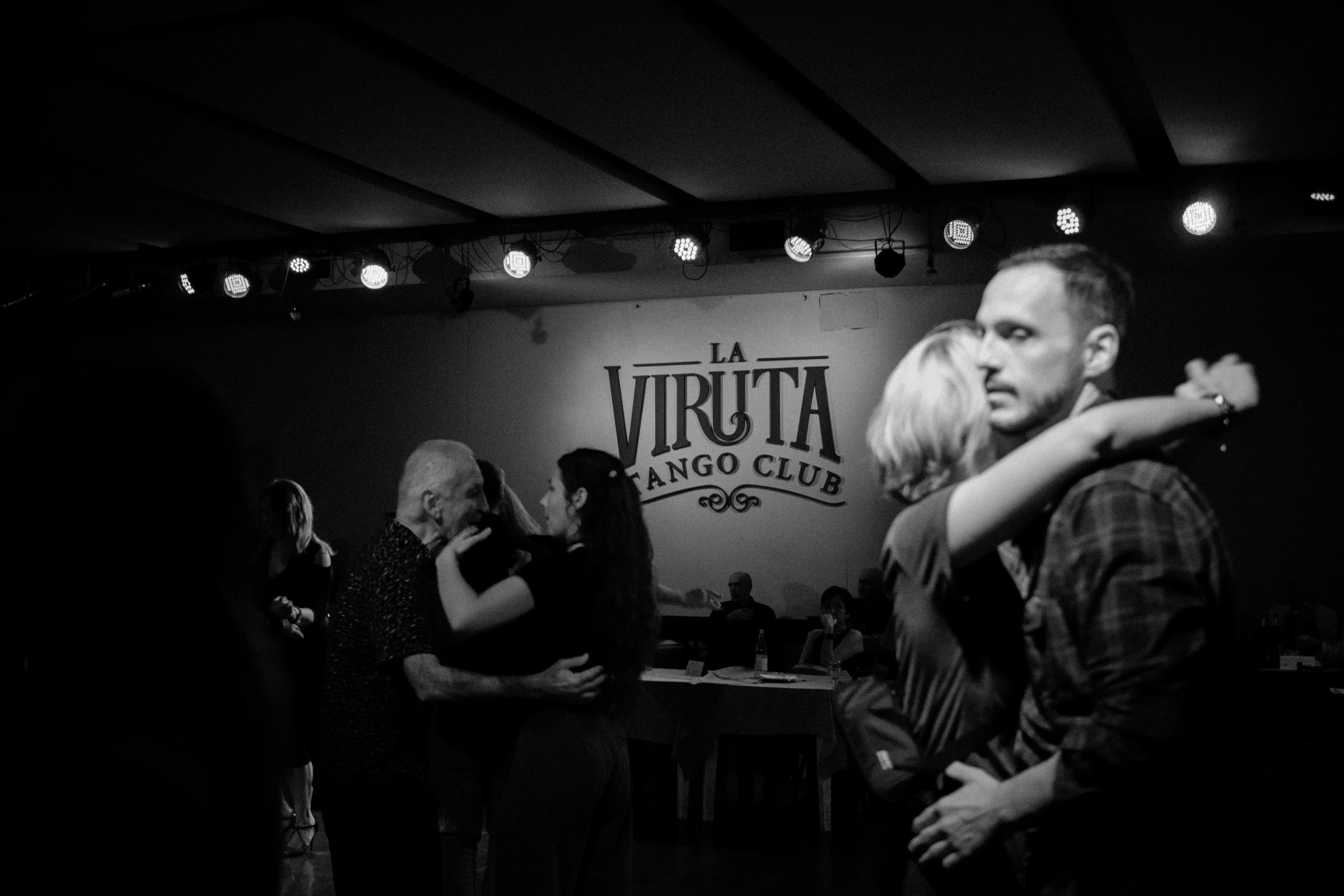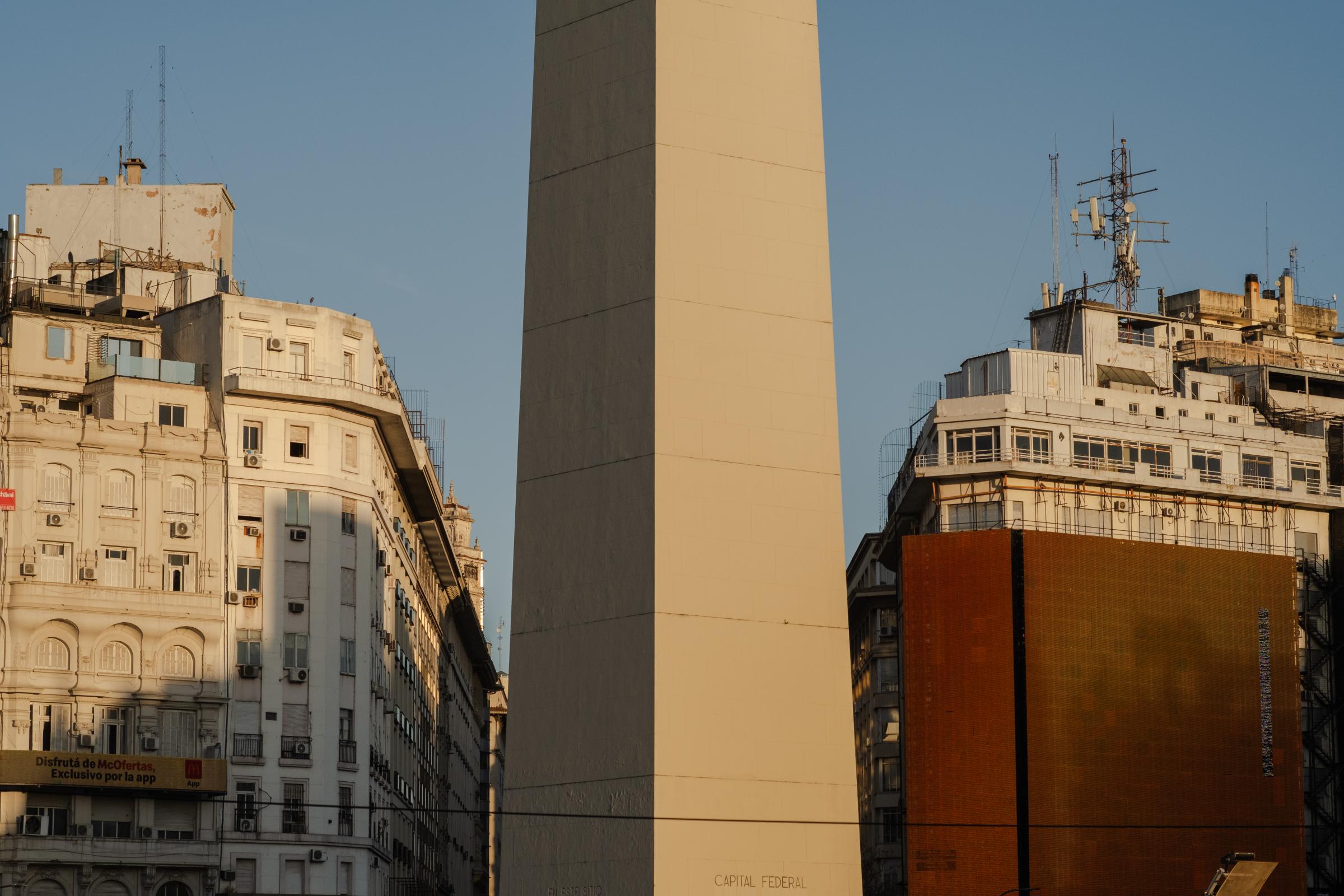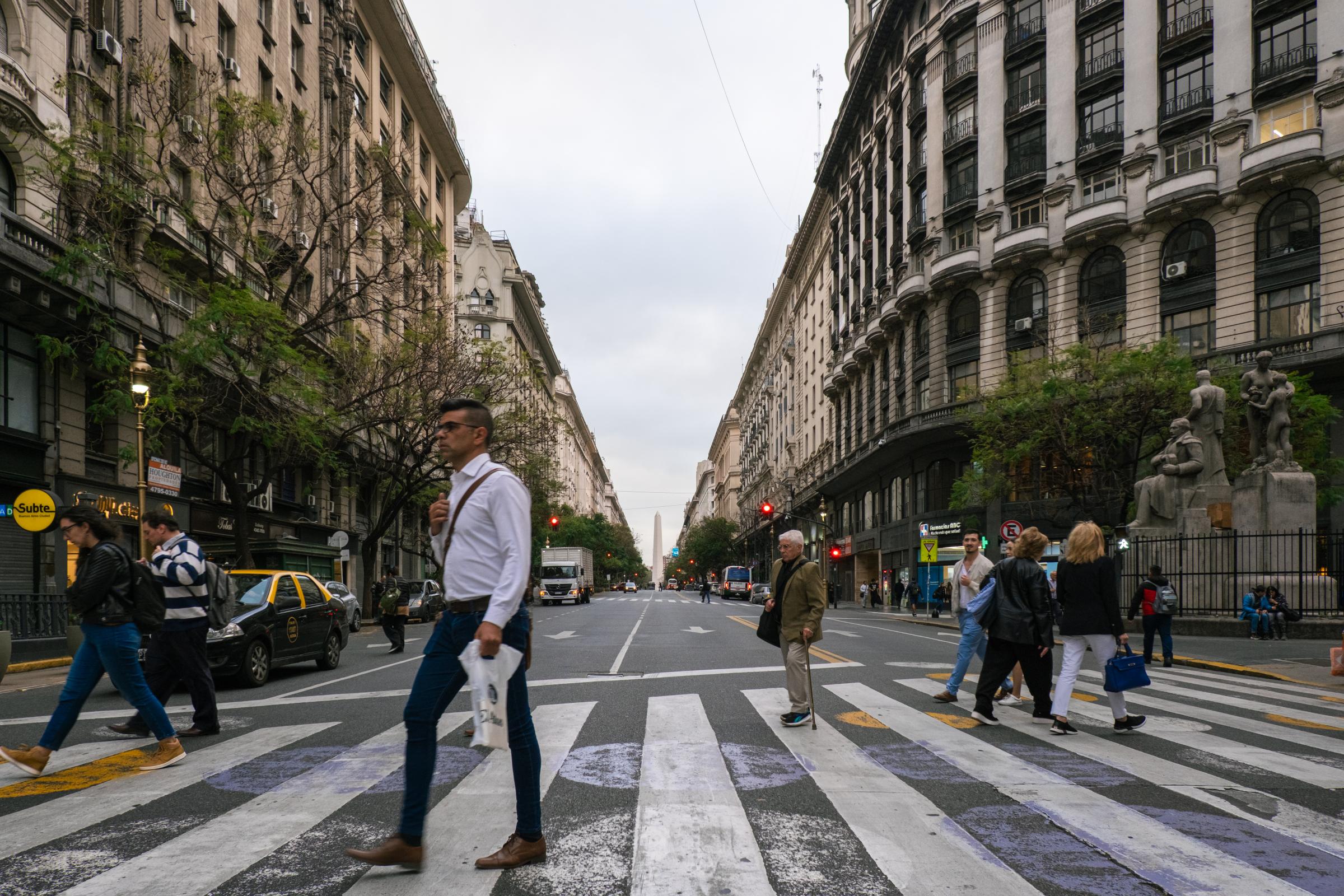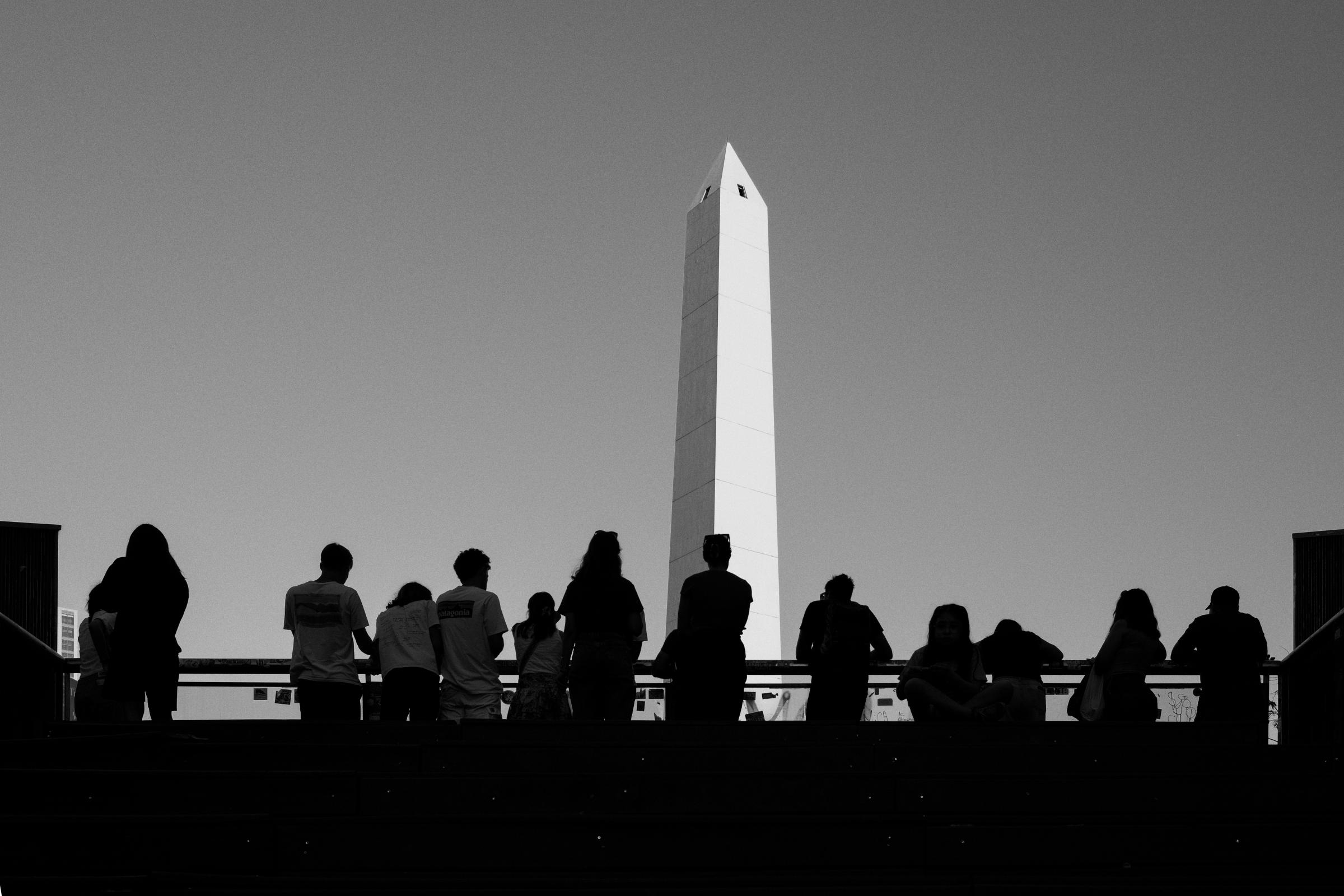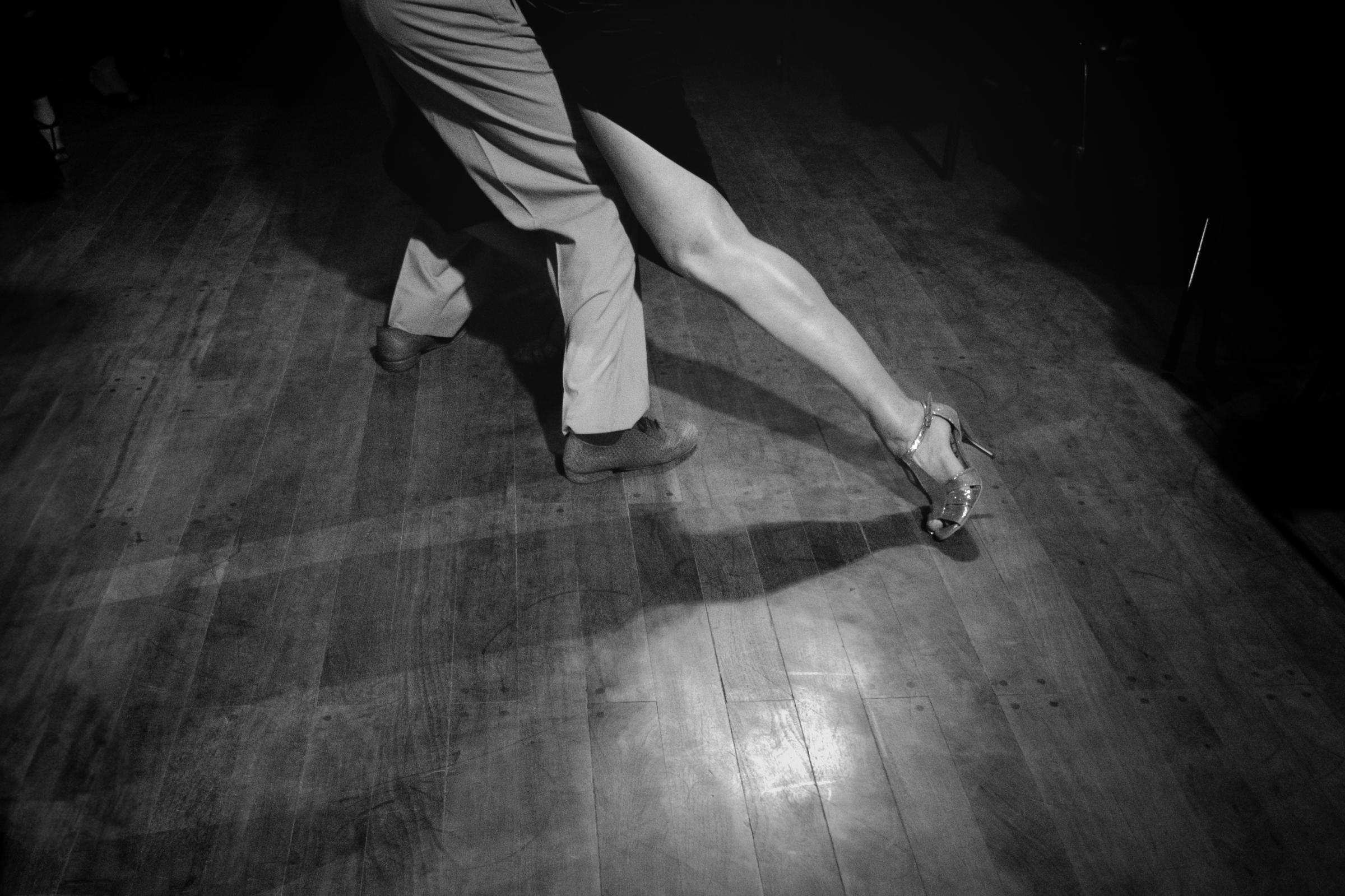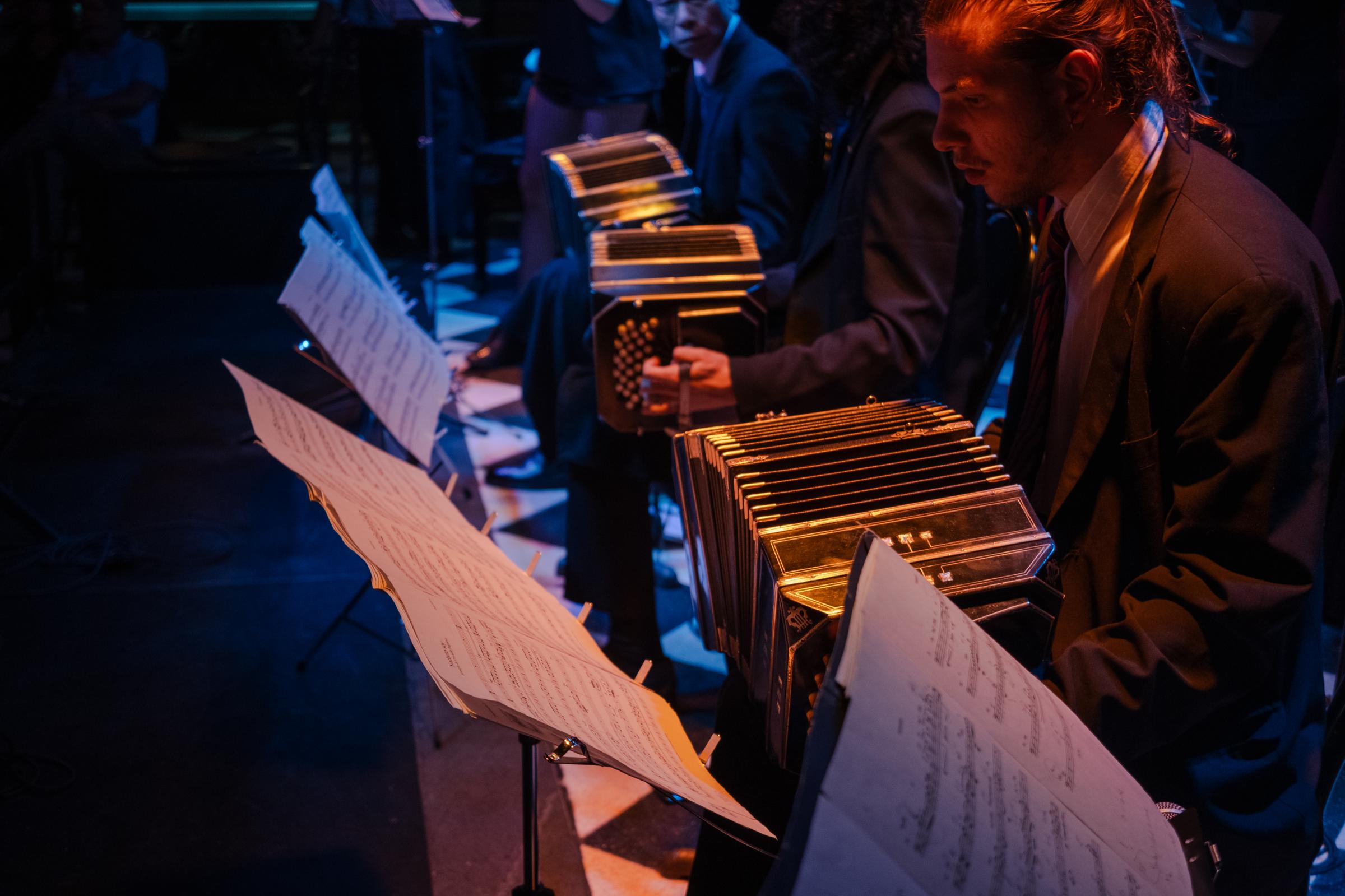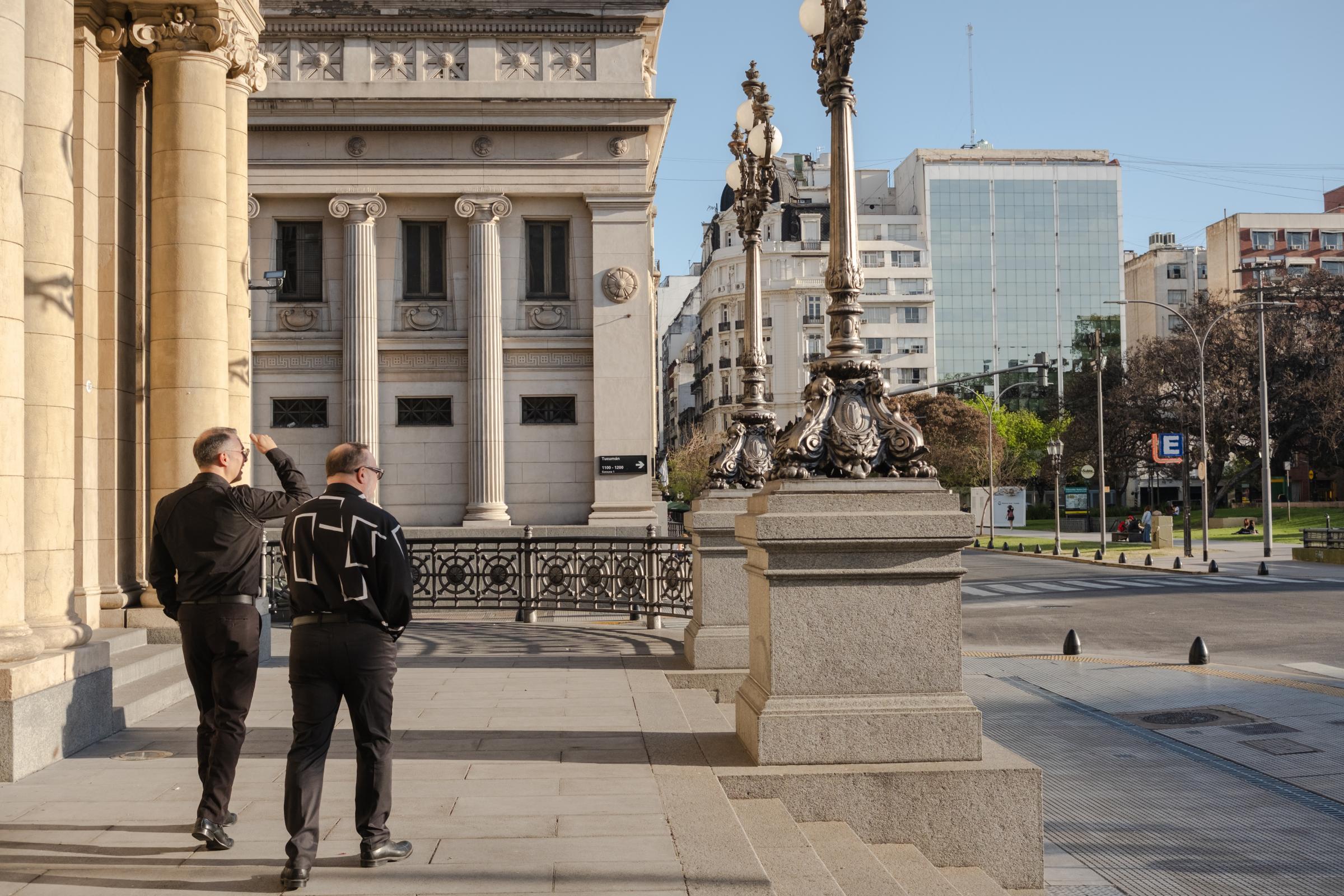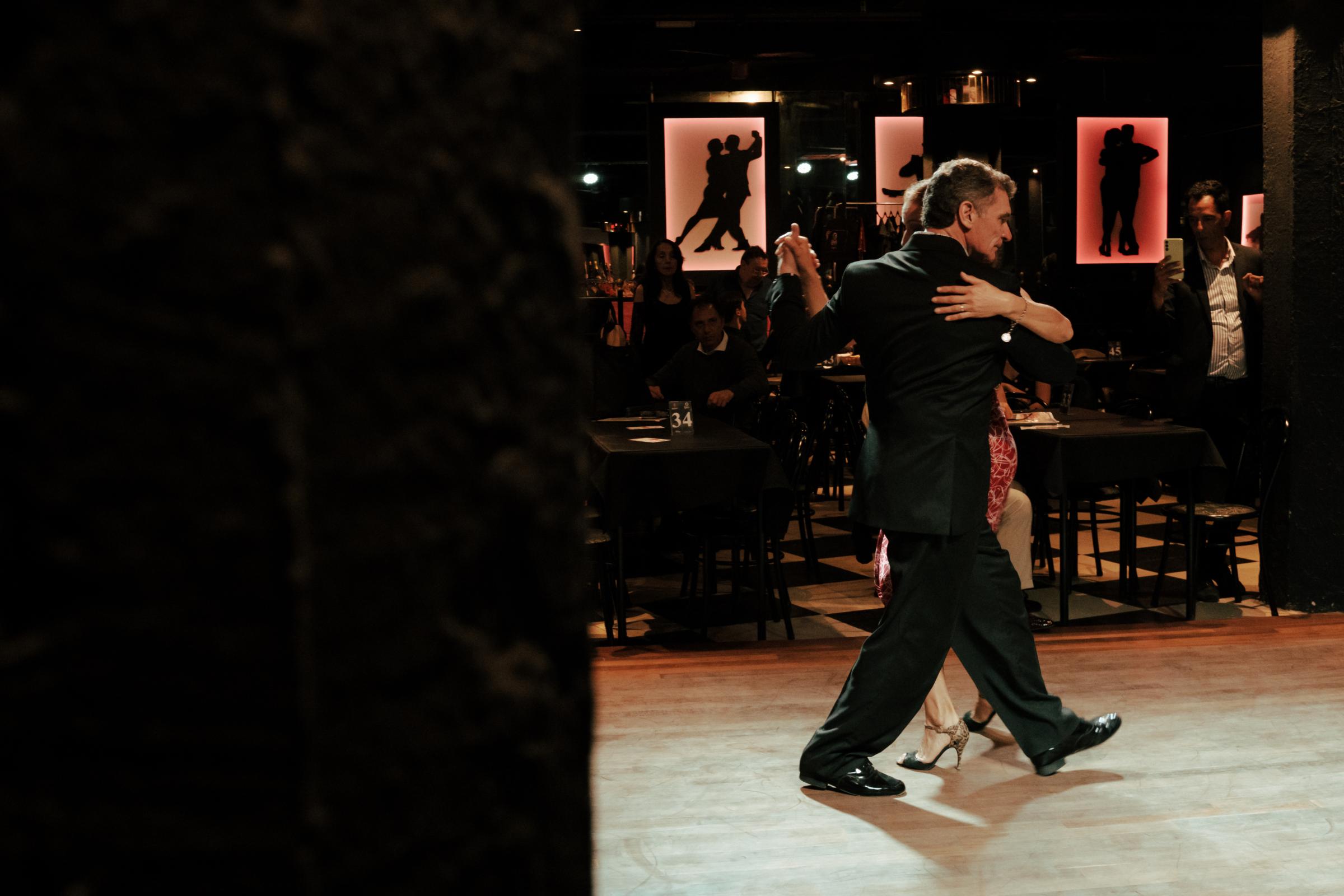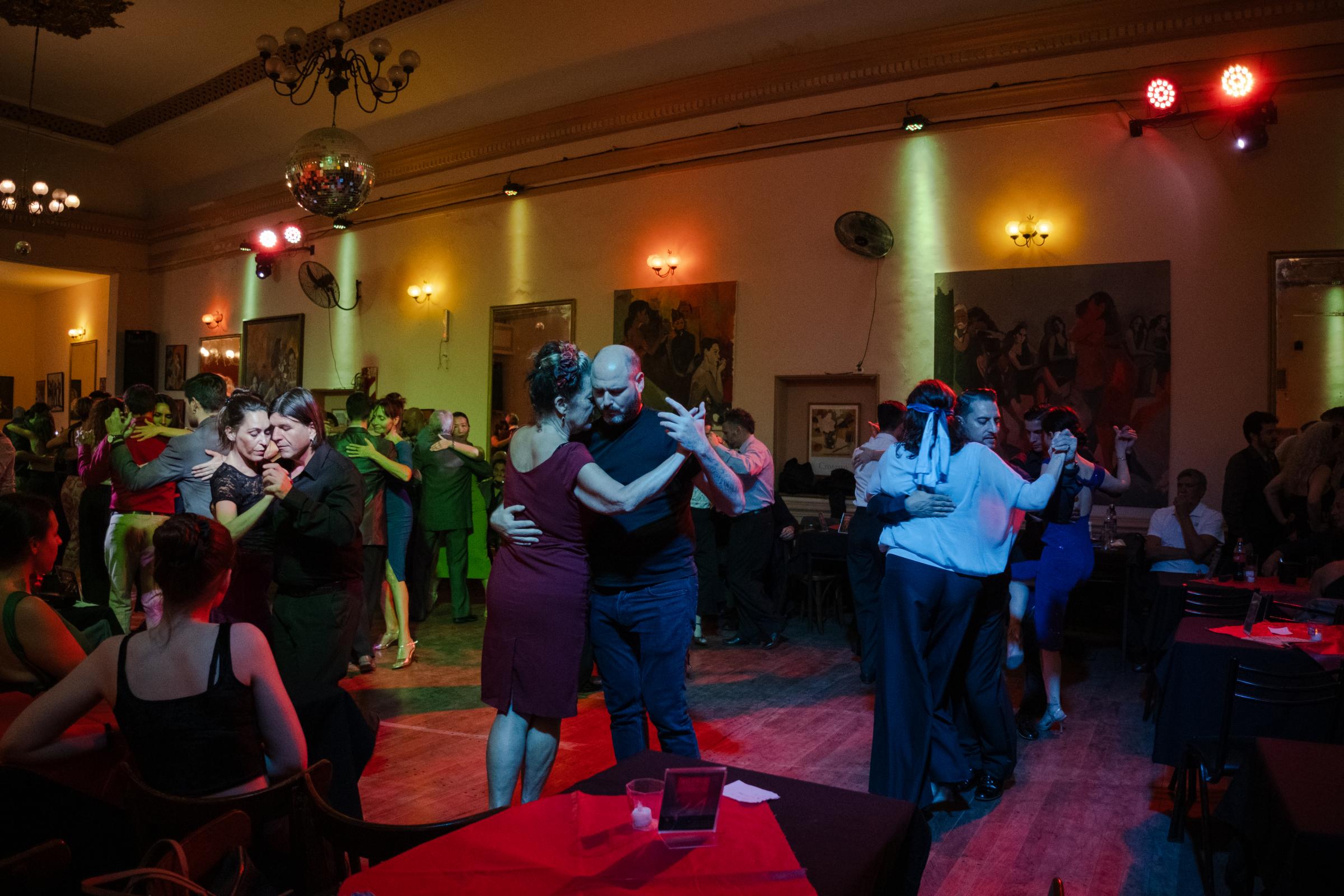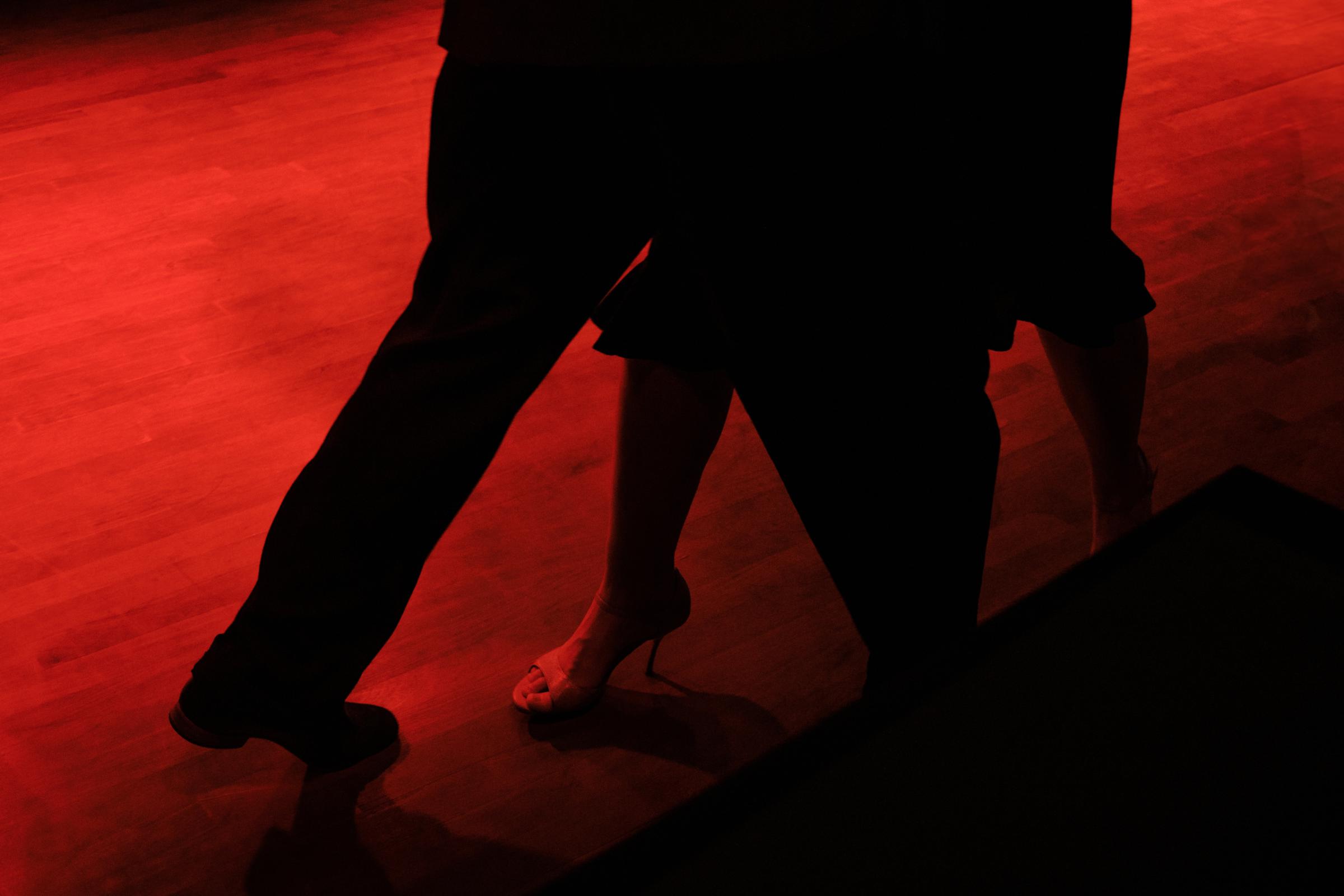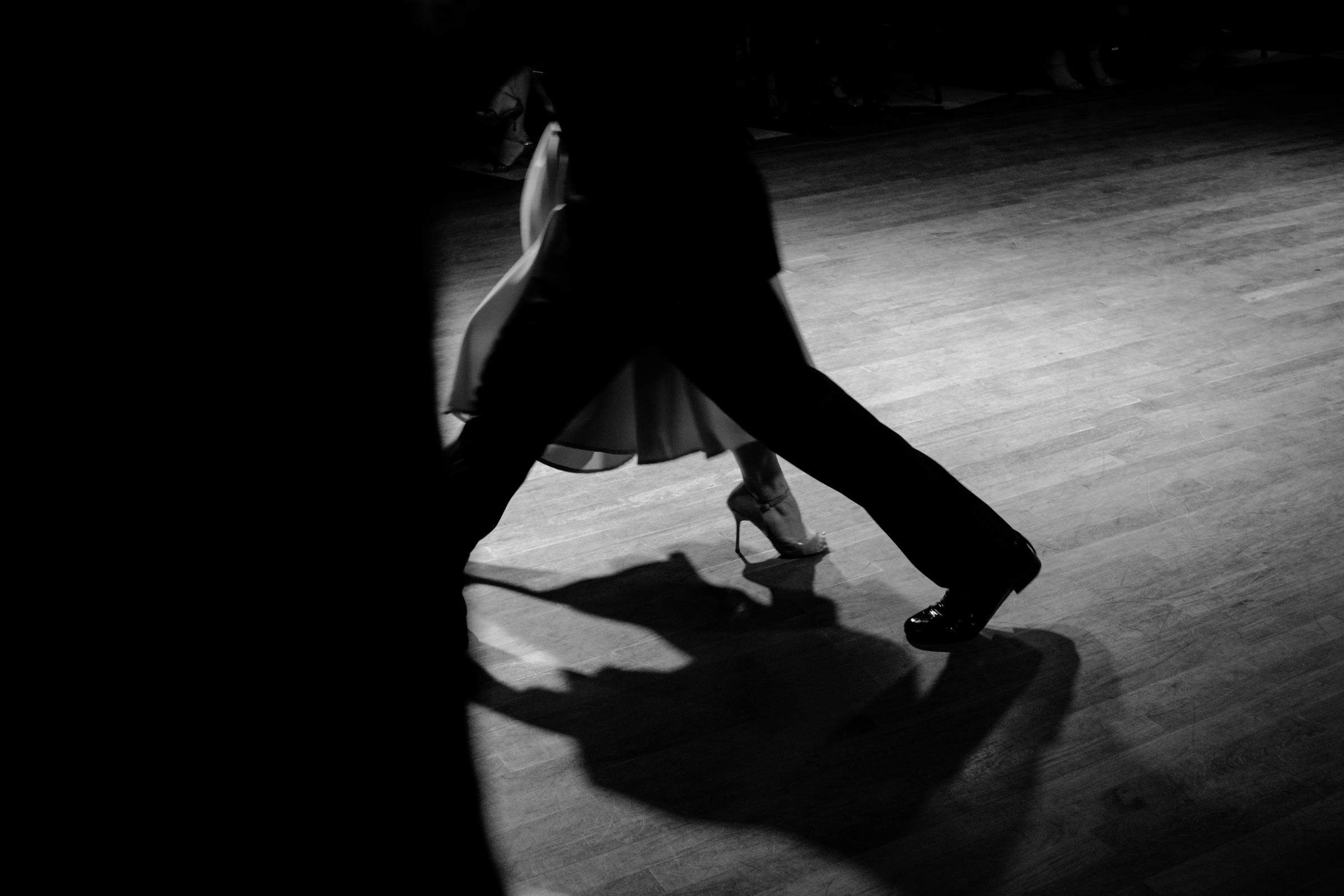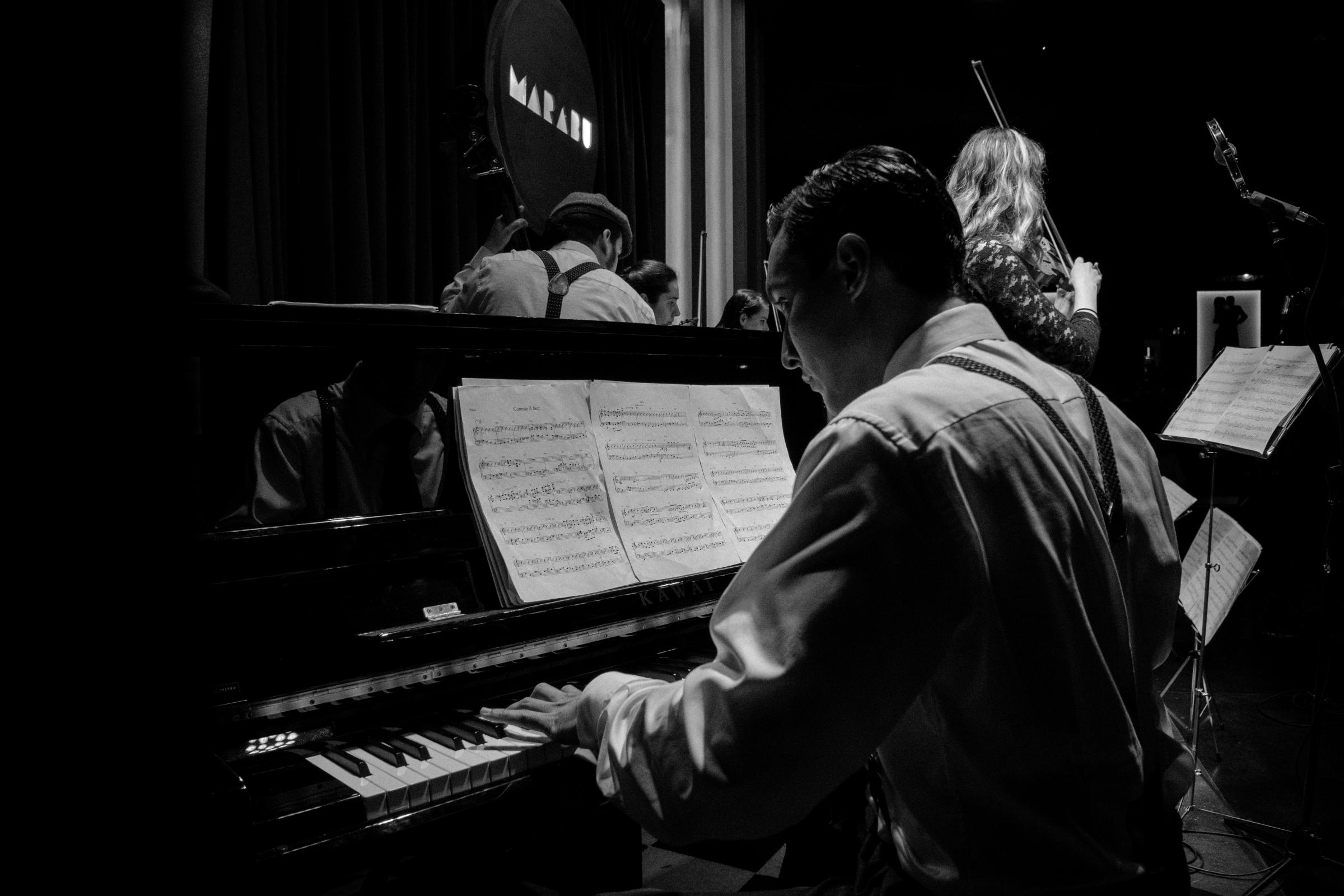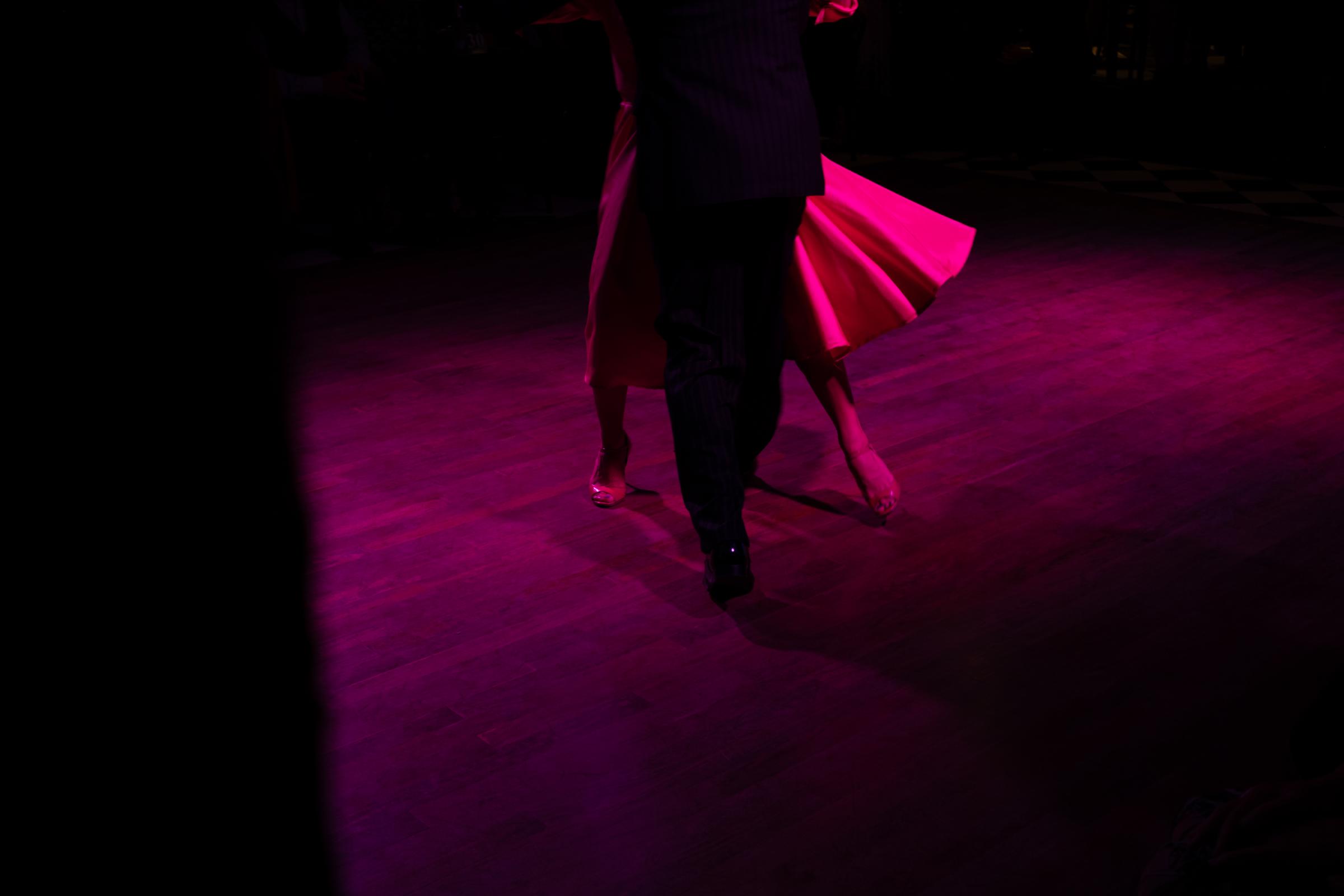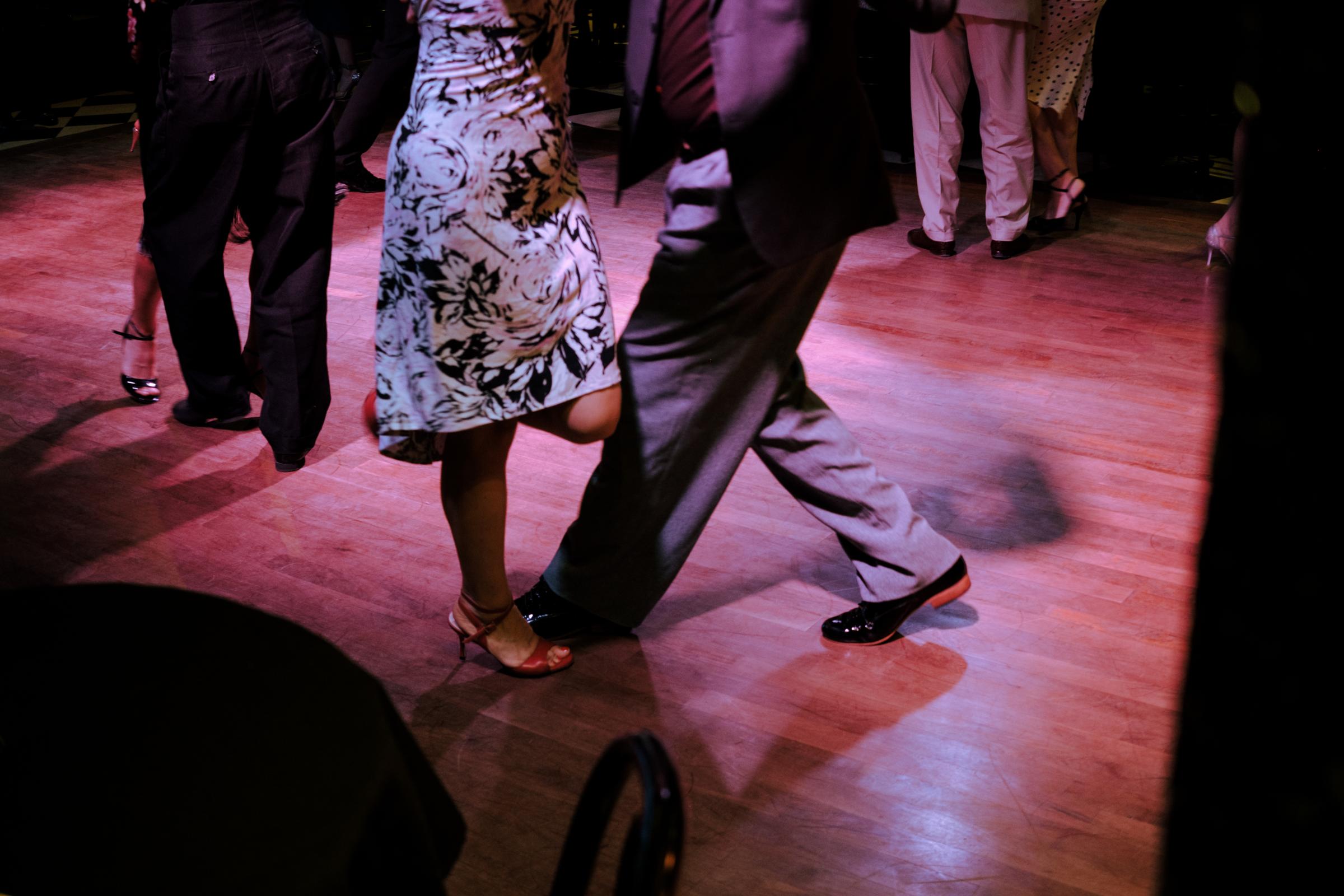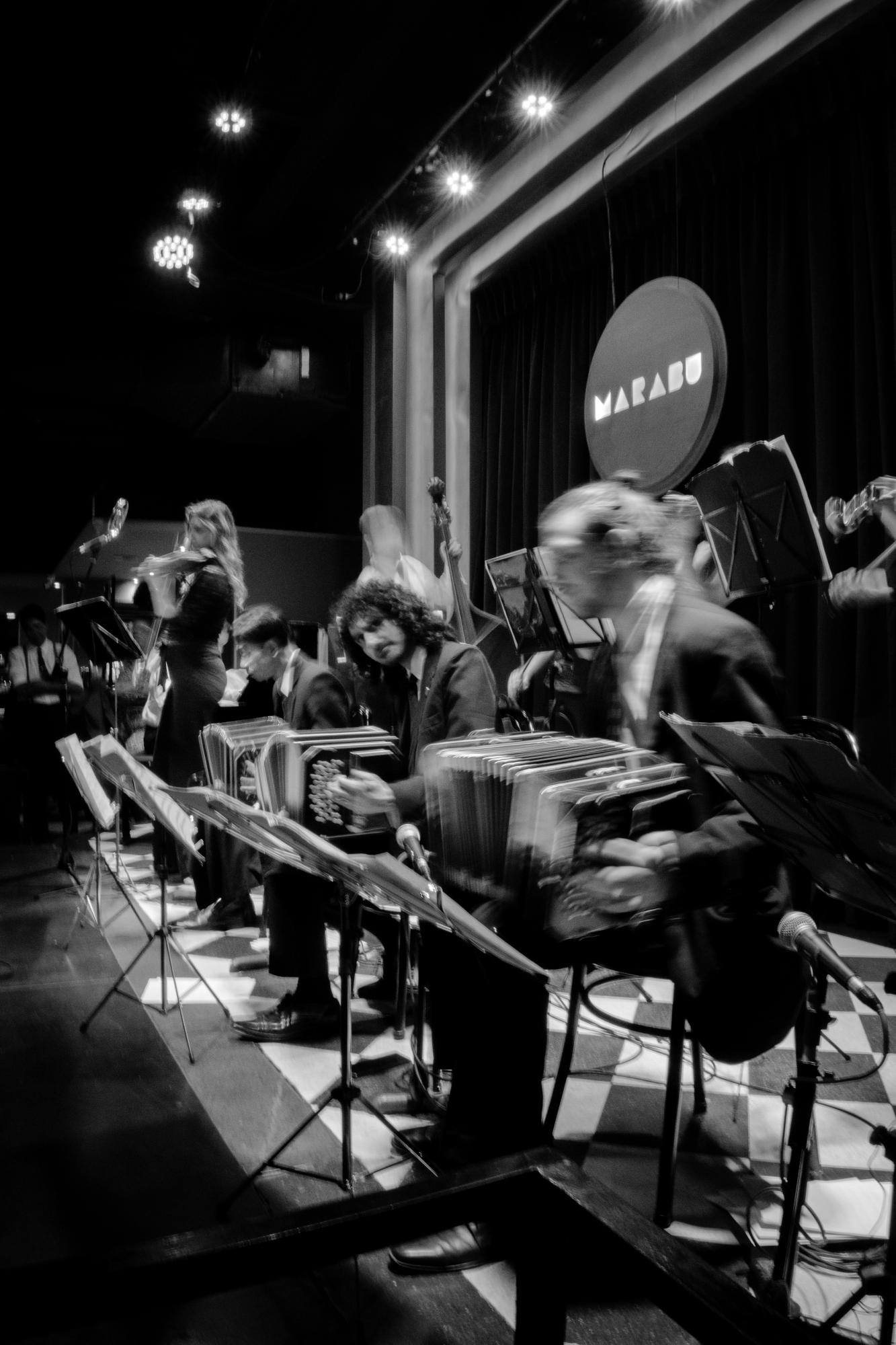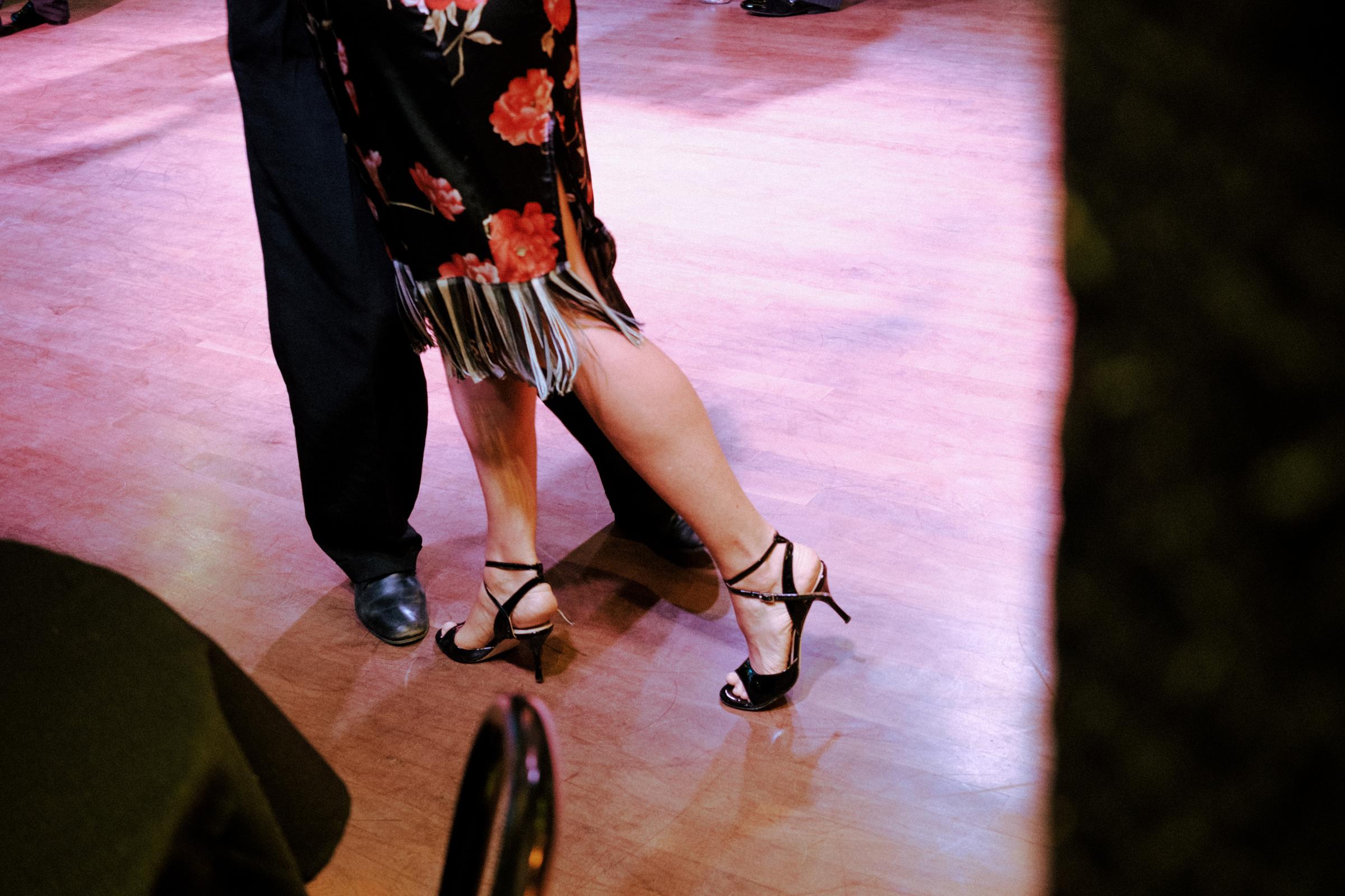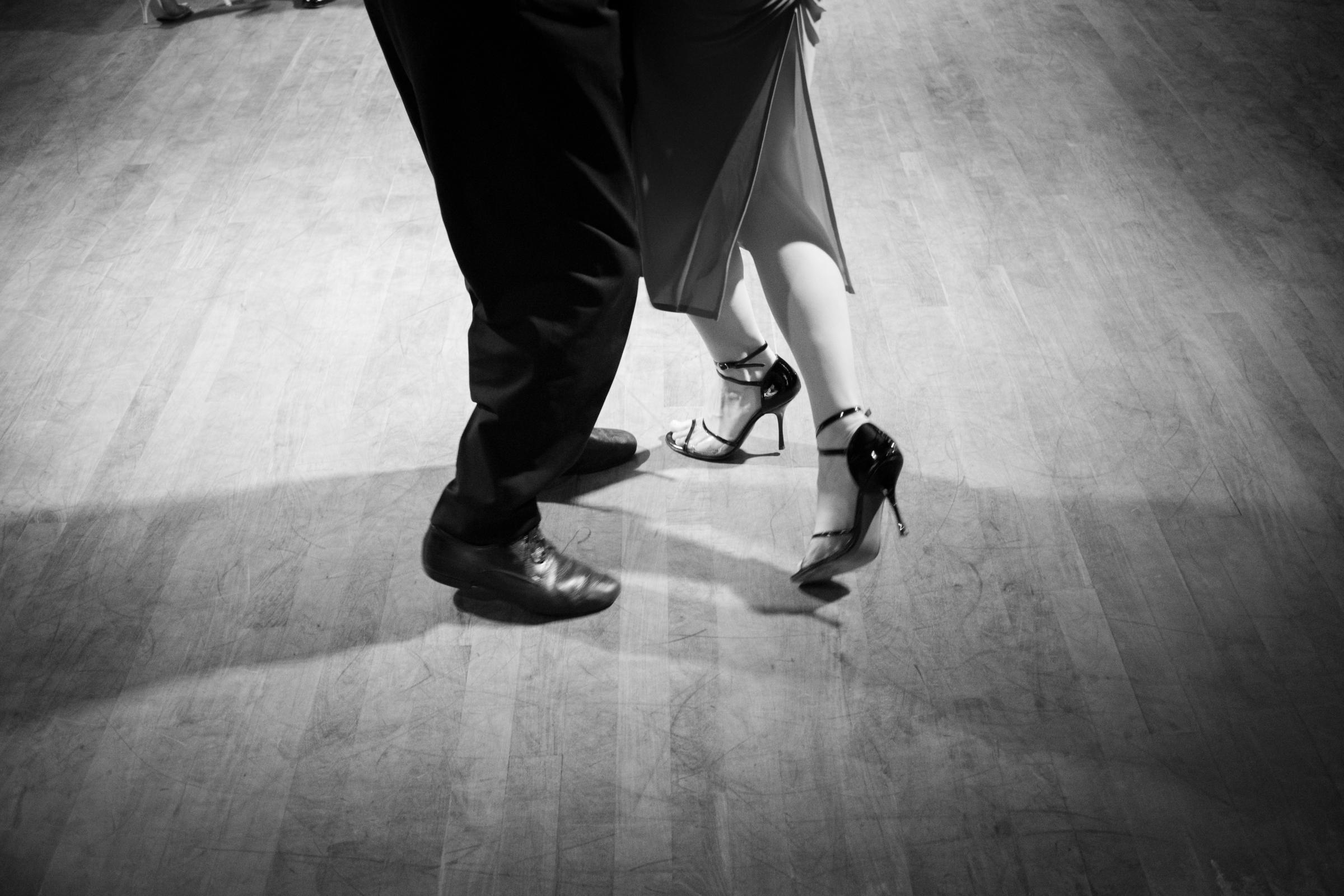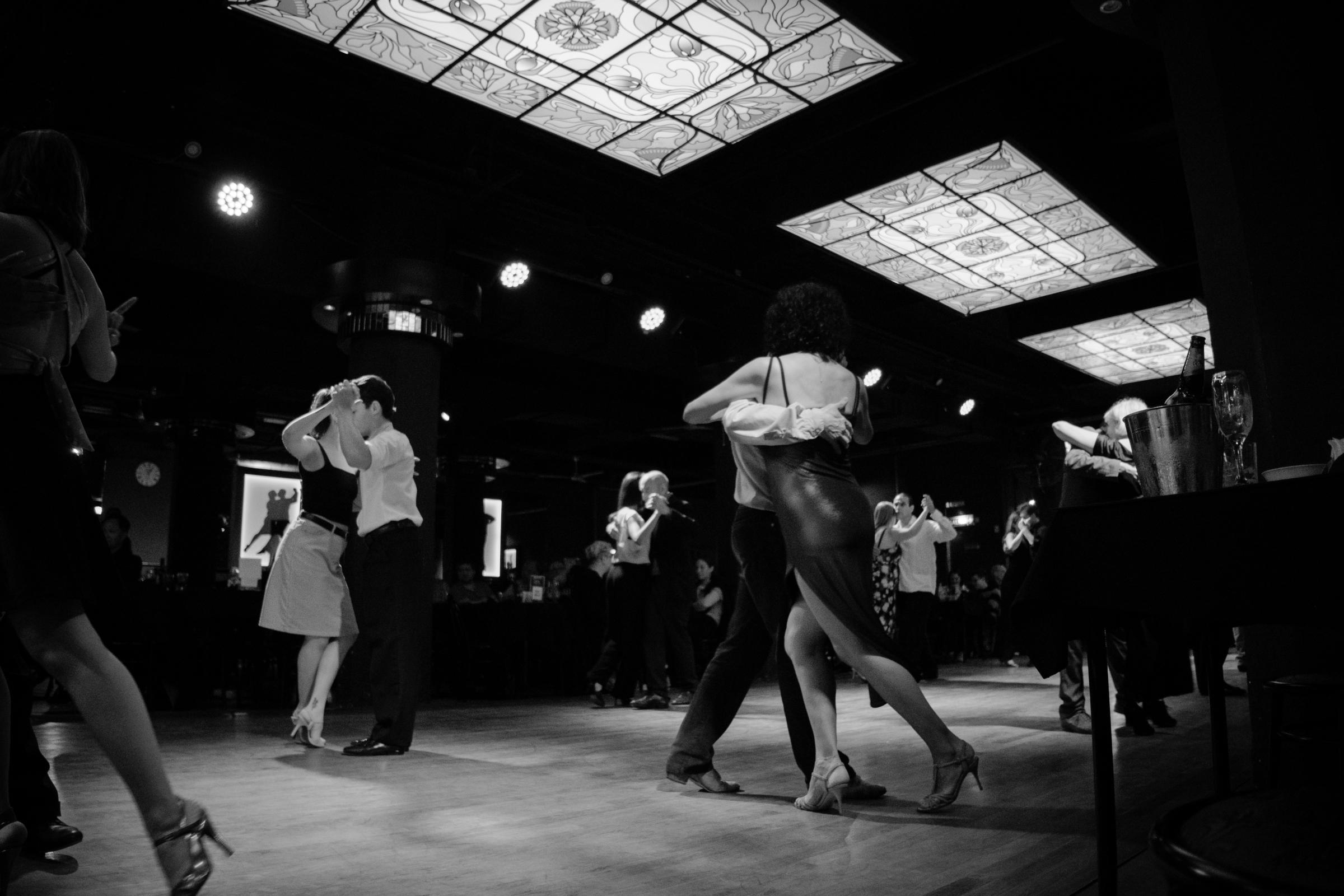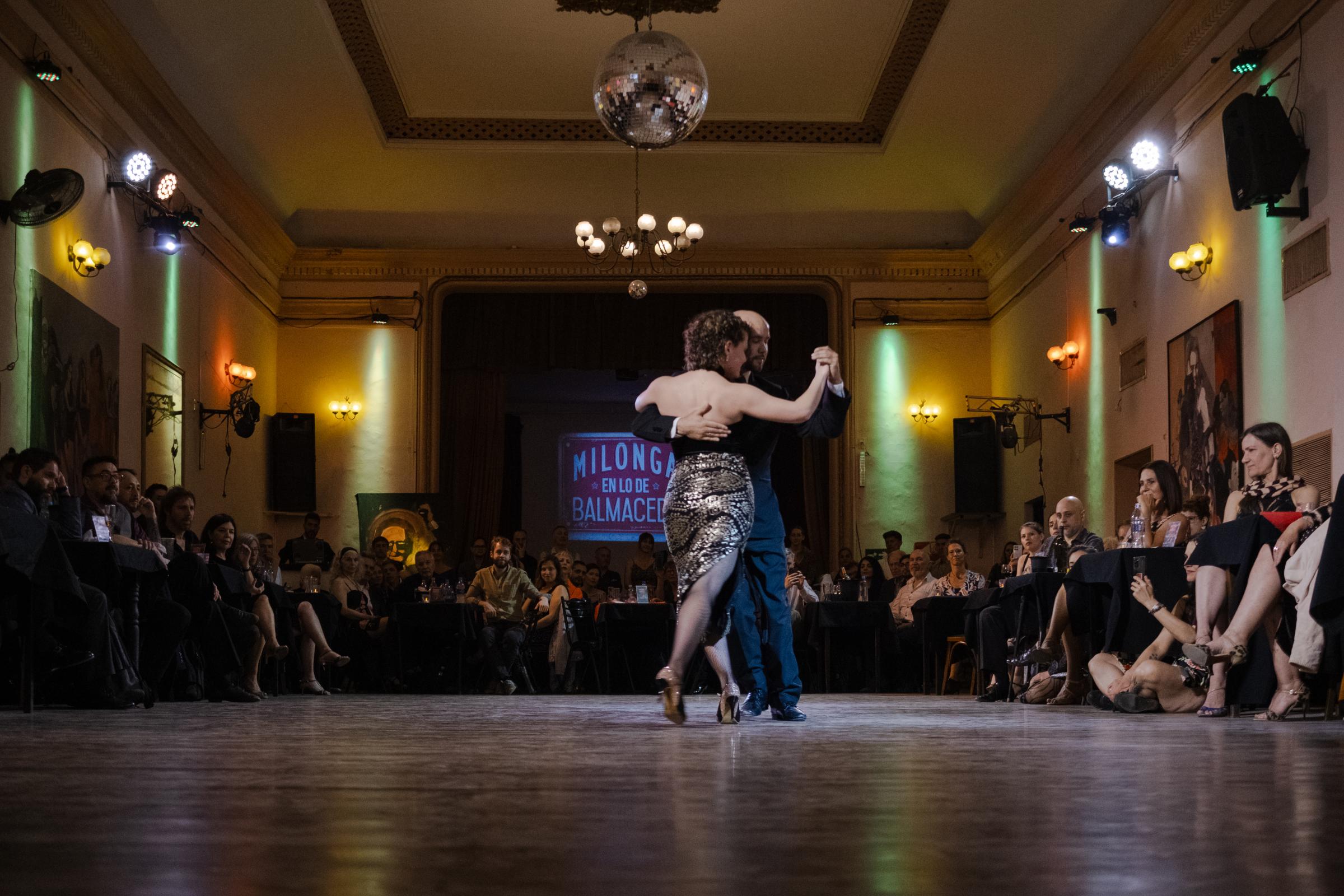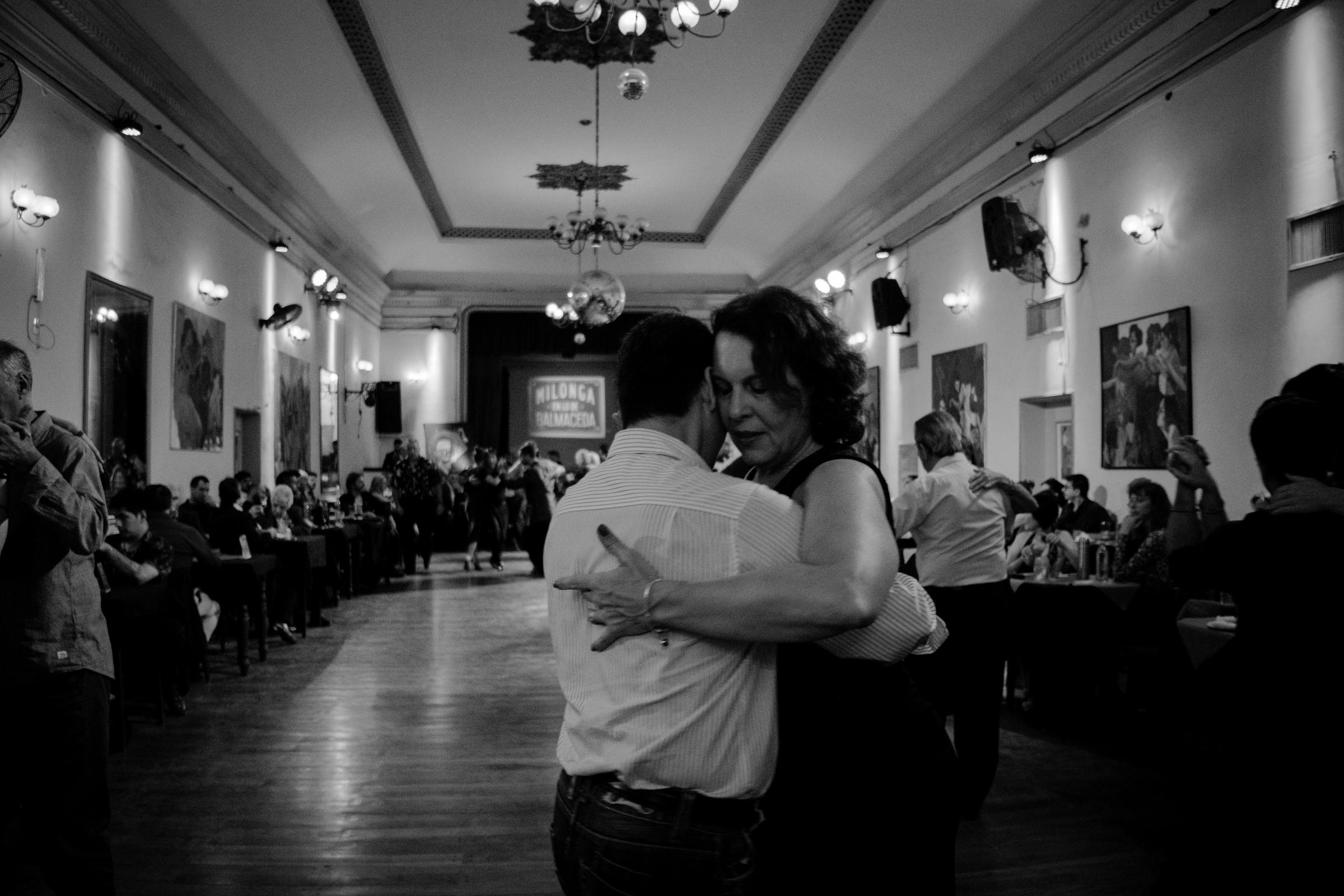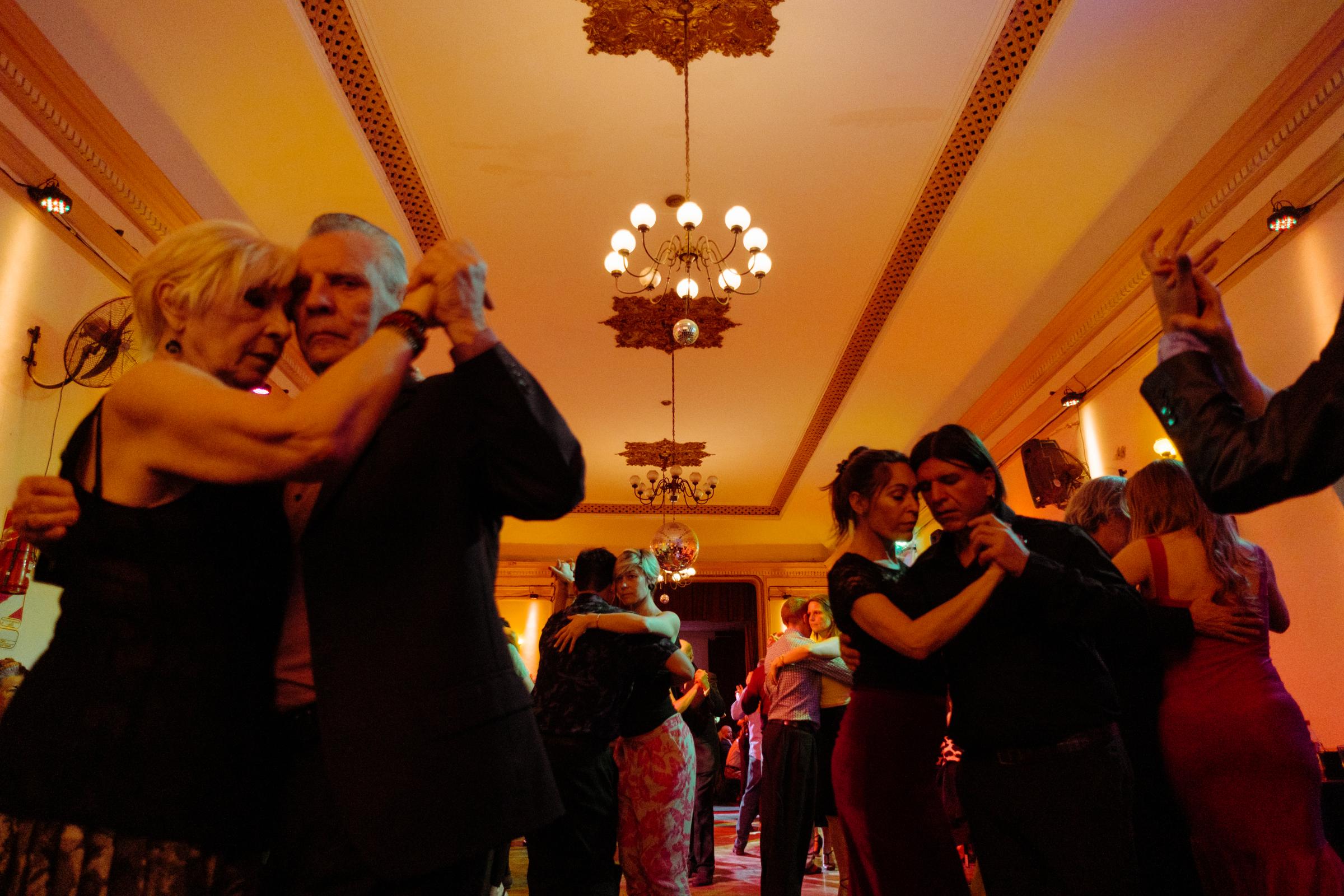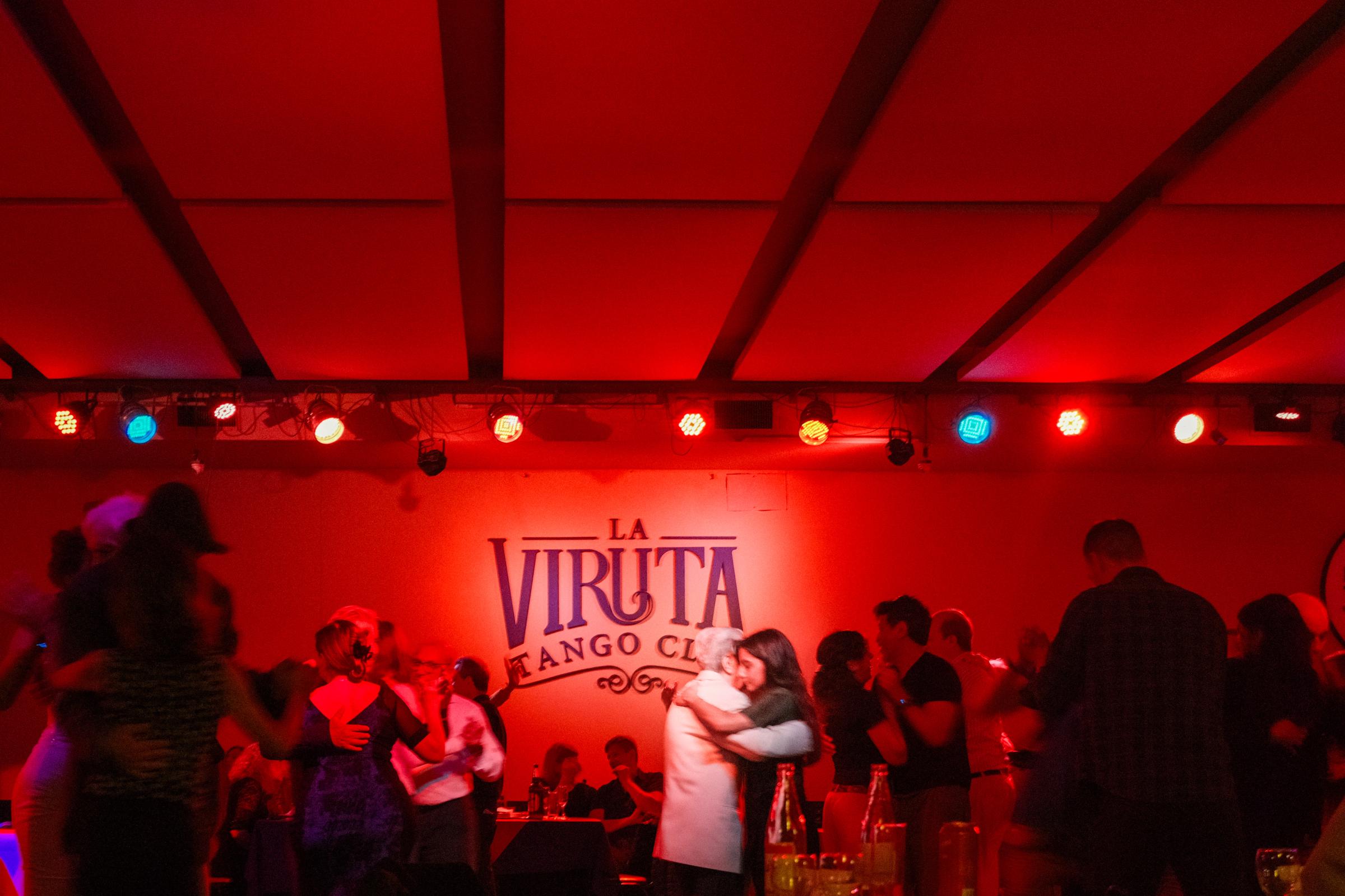Tango, Alma y ciudad
Tango, Alma y Ciudad
This series doesn’t just capture the milongas themselves, but the city that holds them, the way Buenos Aires wraps around each dance like a second partner. The worn tiles, the flicker of old chandeliers, the hush that falls when a song begins. These details shape the feeling of the night as much as the music does. In these spaces, people meet as strangers and move together as if they've always known each other. The city makes room for that kind of magic. Here, tango isn’t only a tradition, it’s a way of belonging, a quiet language spoken in embraces, in pauses, in the spaces between steps.
Each dance is improvised, requiring attentiveness and full presence. Partners communicate through subtle shifts in posture, pressure, and breath, responding not only to the rhythm of the music but to each other.
There’s something almost meditative about it. The way two people move together, listening more with their bodies than their words. It requires a kind of stillness inside, even as everything around them is in motion. The milongas of Buenos Aires are very much alive, humming just beneath the surface of the city. You can feel them in the quiet hours, in the way night falls, in the soft echo of music behind closed doors. They’re not relics of the past, they're woven into the present, beating steadily like a second heart within the city.
Public Project
Tango, Alma y ciudad
425

